Ep. 65: Dai Dark Volume 1, by Q Hayashida
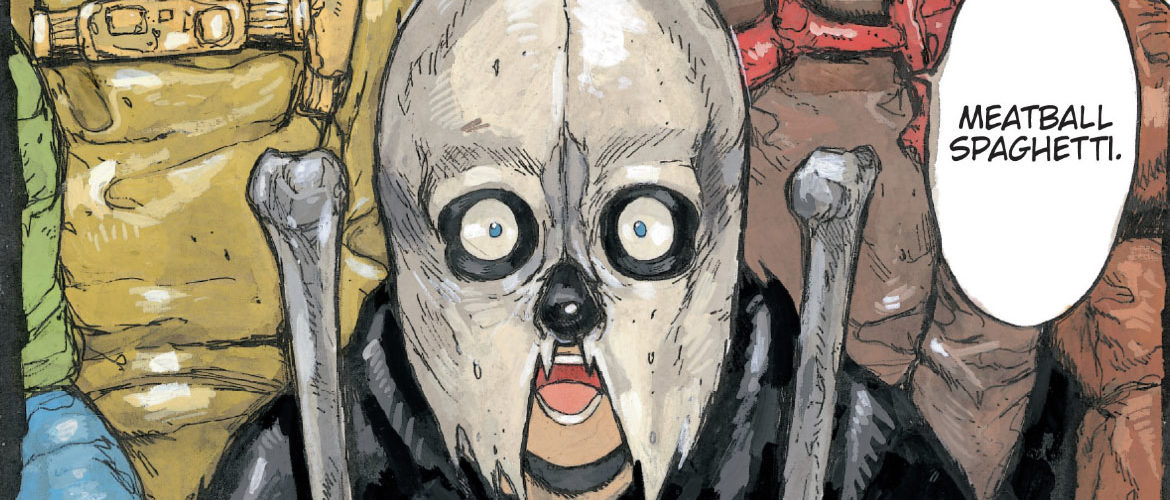
Darkness! No Parents! Continued Darkness! The Opposite of Light! Black Hole! All of these things await you… and much more… in Dorohedoro creator Q Hayashida’s new manga, Dai Dark Volume 1. But it turns out to be very different than some of the Mangasplainers expected, and the team ends up laughing their way through one of the funniest episodes yet.
Powered by RedCircle
IN THIS EPISODE
00:00 Dai Dark
53:20 The Break!
54:00 Talking about translation in manga and comics: Hell’s Paradise: Jigokuraku, Jojo’s Bizarre Adventure, and Garfield.
1:03:15 Shout outs! Two manga, a movie, and the Tao.
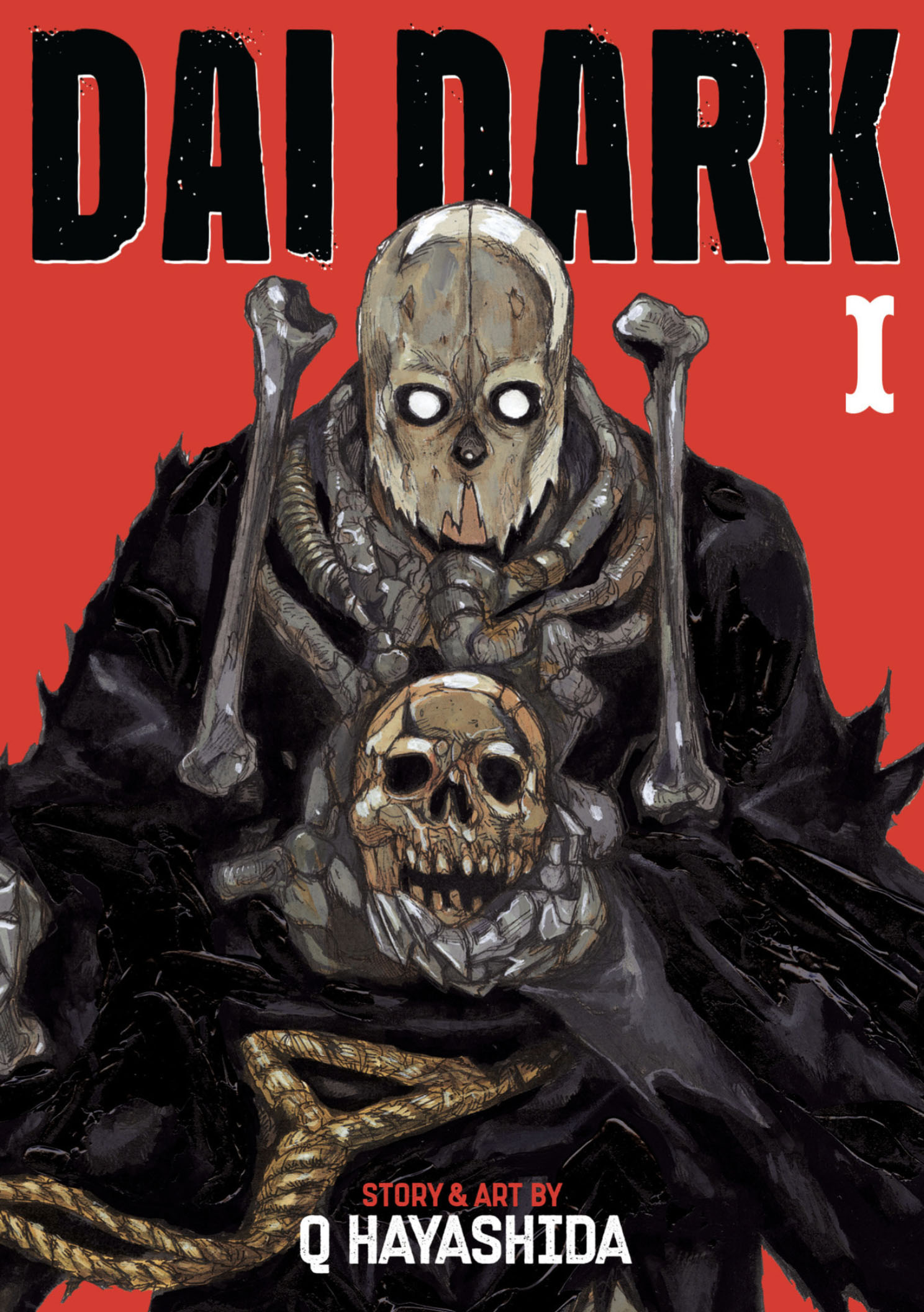
Dai Dark Vol. 1
By Q Hayashida
Translation by Daniel Komen
Adaptation by Casey Lucas
Lettering by Phil Christie
Published by Seven Seas (Print and Digital)
Audio editing by David Brothers. Show notes by Christopher Woodrow-Butcher and Deb Aoki.
Before We Get Started: SPOILERS!
Also: This episode (and our previous Blue Giant episode) were recorded before The United Workers of Seven Seas workers formed their union to demand better working conditions. We’re fully in support of the Union and wish them the best of luck as they fight for better working conditions for their staff and freelancers. To find out more for yourself, visit https://www.uw7s.com/.
Finally: Deb was having some audio issues this episode, mostly due to a new microphone that’s less omni-directional and more like you have to have it 2 inches from your mouth at all times. It interacted poorly with the background noise filter we use to keep the podcast sounding clean. We’ve got it more-or-less corrected over the next few episodes — but sorry that we didn’t catch it when we were recording this episode!
00:38 We’re having fun.
00:50 Here’s a little bit about manga-creator Q Hayashida!
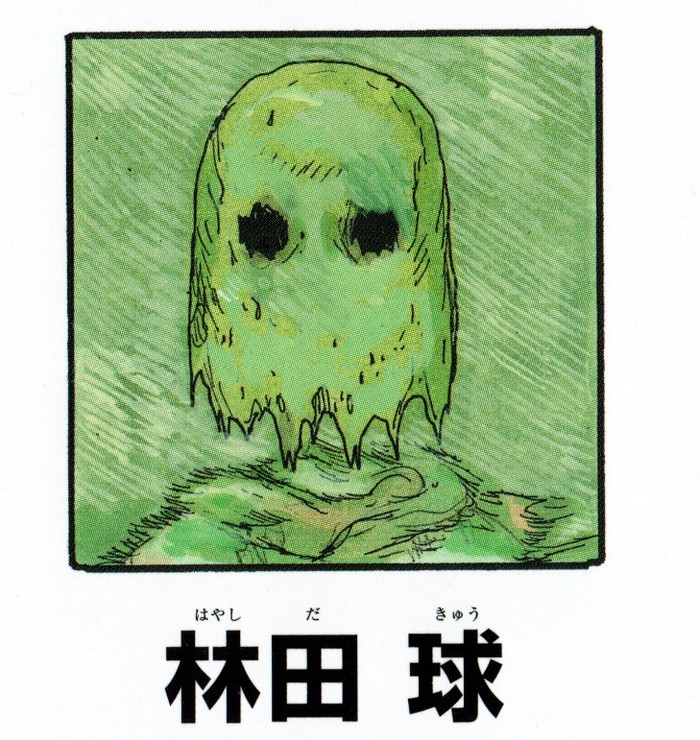
Q Hayashida is a Japanese manga artist and illustrator. Born and living in Tokyo, Hayashida (a pen-name, obviously) is a graduate of the Tokyo University of the Arts (with a degree in oil painting! This school should sound familiar to readers of Blue Period) and lives in Tokyo, Japan.
Hayashida’s first published manga is the short story Sofa-Chan in Kodansha’s Monthly Afternoon magazine, where it took second prize in a contest. Hayashida counts the manga featured in Weekly Shonen Jump as being a big early influence, and given her age, we’re probably talking Dragonball and Jojo’s Bizarre Adventure more than Naruto and One Piece. She also cites AKIRA, and the work of horror manga creators Junji Ito and Kazuo Umezu as being among her favourites.
Hayashida’s official debut manga, and her breakthrough work, is the gritty sci-fi and fantasy series Dorohedoro, which honestly kinda-sorta defies description, but essentially it’s about a guy who was cursed with an alligator head trying to murder evil wizards until he finds the one who cursed him, kind of? The series ran from 2000-2018, across 23 collected volumes of monthly comics installments, and was serialized across Shogakukan’s different ‘alternative’ seinen magazines, including Big Comic Spirits Special, Ikki, and finally Hibana.
The series got an animated adaptation that ran on Netflix, which condensed the complete series into 12 episodes, give or take. To be honest, the manga series was NOT that popular when it was released in English, and it was the success of the Netflix anime that spurred people to check out the comics (which had been coming out in English for a decade). This was an amazing sort of after-the-fact gift for Hayashida and her loyal fanbase. The manga is published by VIZ Media in English, and should be more-or-less available in print, as well as being available in digital format.
Speaking of her devoted fanbase, though the anime debuted in 2018 and the series has been done for a few years now, there’s STILL more Dorohedoro merch being produced in Japan, it’s quite popular.
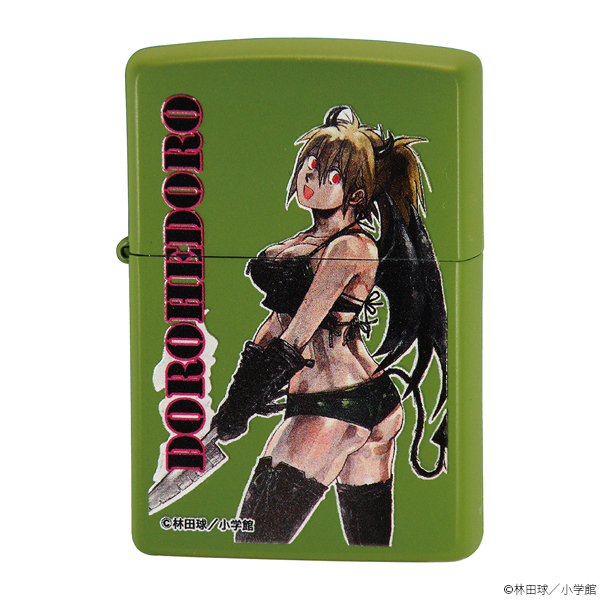
Hayashida’s Dai Dark is currently being published in Japan, in Shogakukan’s most mainstream of shonen manga magazines, Shonen Sunday. This is kind of wild for a creator who has multiple lines of ZIPPO lighters for their last series.
[Deb:] One way to understand what Shonen Sunday is best known for and why Christopher and I were surprised to learn that the gritty, wildly violent and quirky manga of Q Hayashida is being serialized in this magazine, let’s compare Dai Dark with the famous / beloved manga series and creators featured in Shonen Sunday: Rumiko Takahashi (Ranma 1/2 and her current series MAO – a recent Manga Blind Date pick), Mitsuru Adachi (creator of slice of life sports manga like Cross Game, which we’ll talk about in an upcoming episode!), and Gosho Aoyama, creator of boy detective / mystery manga Case Closed / Detective Conan).
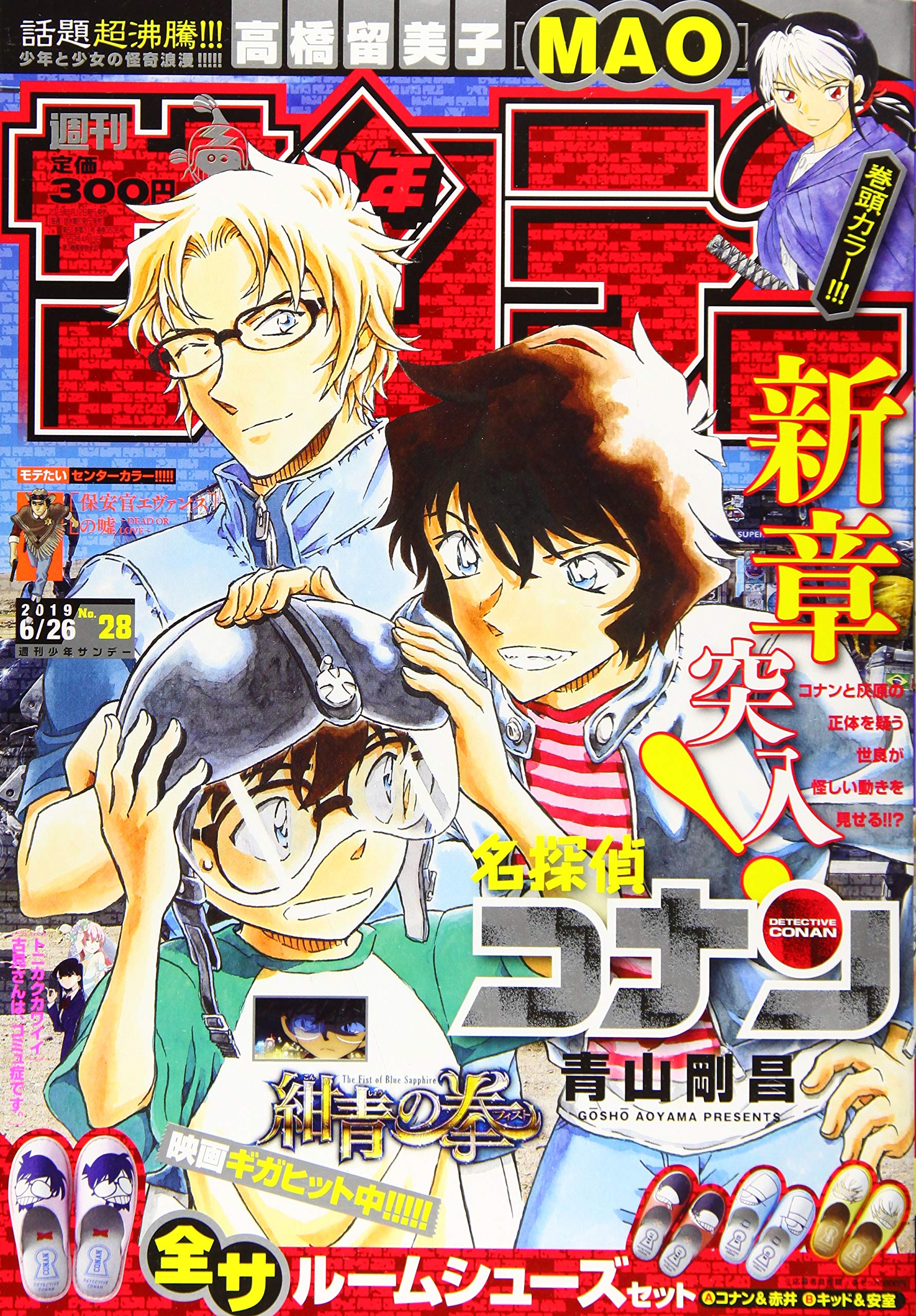
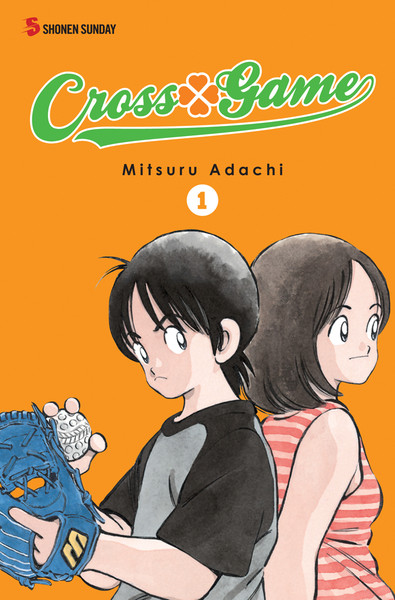
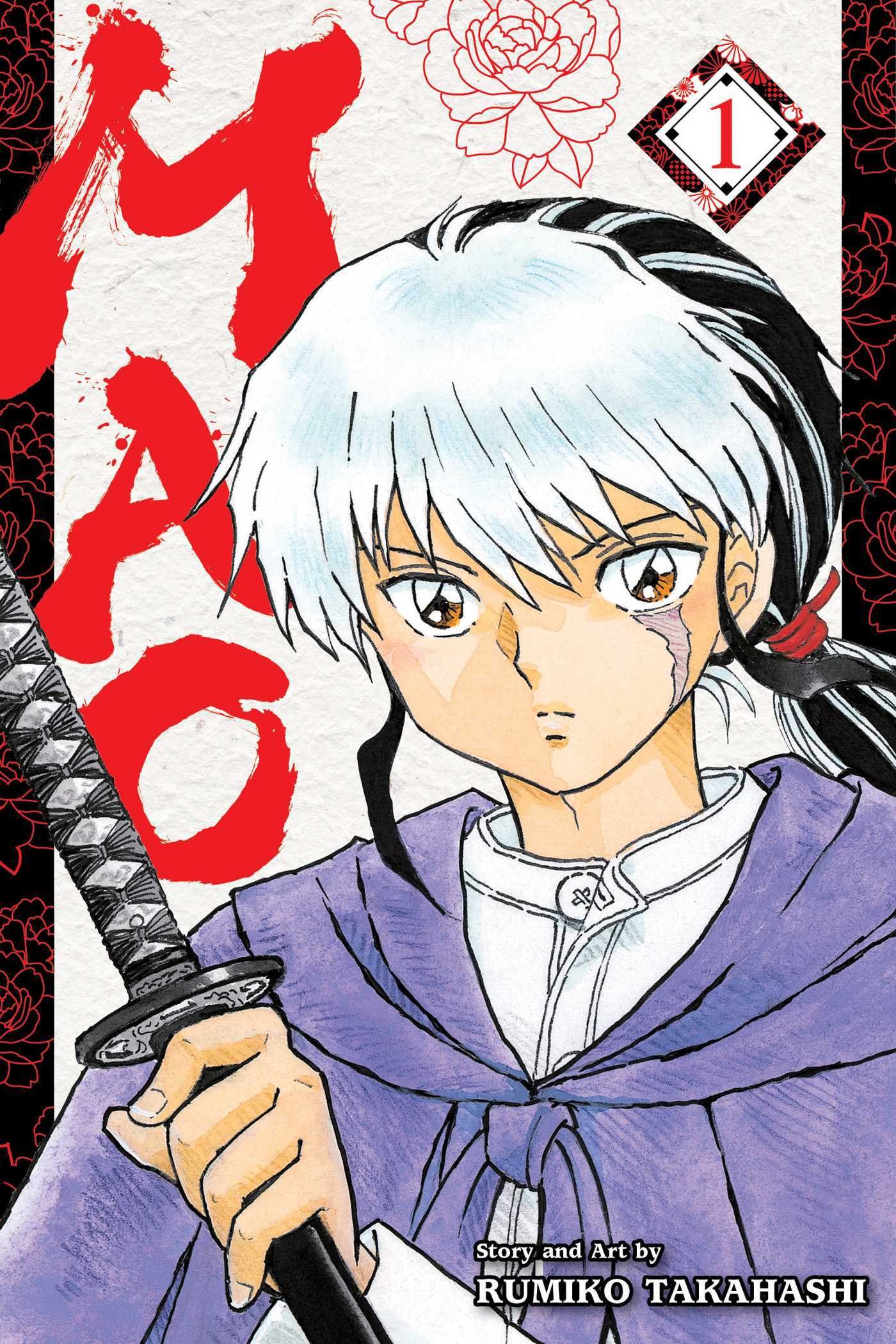
[Deb:] Of course, Shonen Sunday today features a broad array of stories, including horror/romantic comedies like Call of the Night, quirky and heartwarming high school comedies like Komi Can’t Communicate, which is about a socially awkward but kind high school girl, and Frieren: Beyond Journey’s End, a thoughtful fantasy story about a near-immortal elf who deals with life after her historic heroic quest with her party ends, as she sees the rest of her friends grow old and die. All of these series (and most Shonen Sunday manga) are published in English by VIZ Media, while Dai Dark is published by Seven Seas, so perhaps this is also why the Dai Dark’s Shonen Sunday connection wasn’t obvious at first.
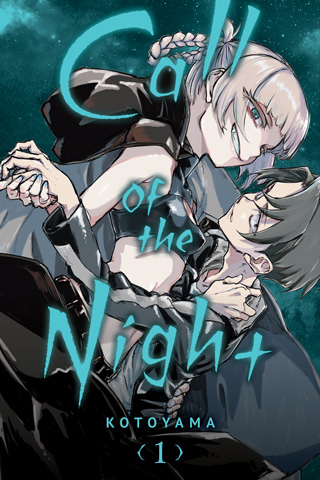
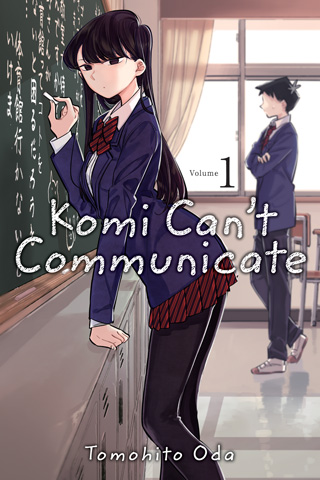
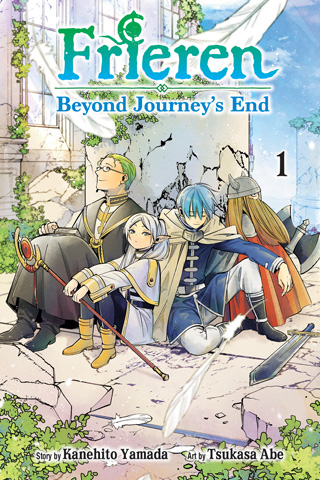
Dai Dark, by the way, literally translates in this context to Big Dark. I think “Big Dark” is the funny title, and once-upon-a-time it might’ve been translated audaciously as The Great Darkness or something. Heh.
Shogakukan also produced a crazy intense trailer for Dai Dark too.
01:30 Here’s how Seven Seas describes the book:
A wildly creative new manga series from the creator of Dorohedoro in which necromancy, space action, and dark humor collide!
Zaha Sanko’s body has great and terrible powers–they say that possessing his bones will grant you any wish, even the desire to become ruler of the universe. But Sanko is still a teenage dude with his own life, and he isn’t about to let every monstrous lowlife in the galaxy rip him limb from limb. He and his skeletal buddy Avakian will use their dark powers to fend off any murder attempts while they search space for whomever put this curse on Sanko’s bones…because killing them might end the madness. (And then Sanko can celebrate with his favorite spaghetti.)
Don’t miss this hilariously twisted and gruesome new series from the unique mind of Q Hayashida, creator of the manga and Netflix anime Dorohedoro!
-Seven Seas website
03:28 UNO REVERSE CARD! David always picks me to go first, so when he started I had the image of the UNO reverse card loaded up on my second monitor, ready to ‘share screen’ the second he did. Then… he didn’t! I thought my funny joke would go unused, until both Deb and Chip fell to pieces, and he ended up with me. And then the the button was pressed, and I slayed them all. It was, honestly, perfect.
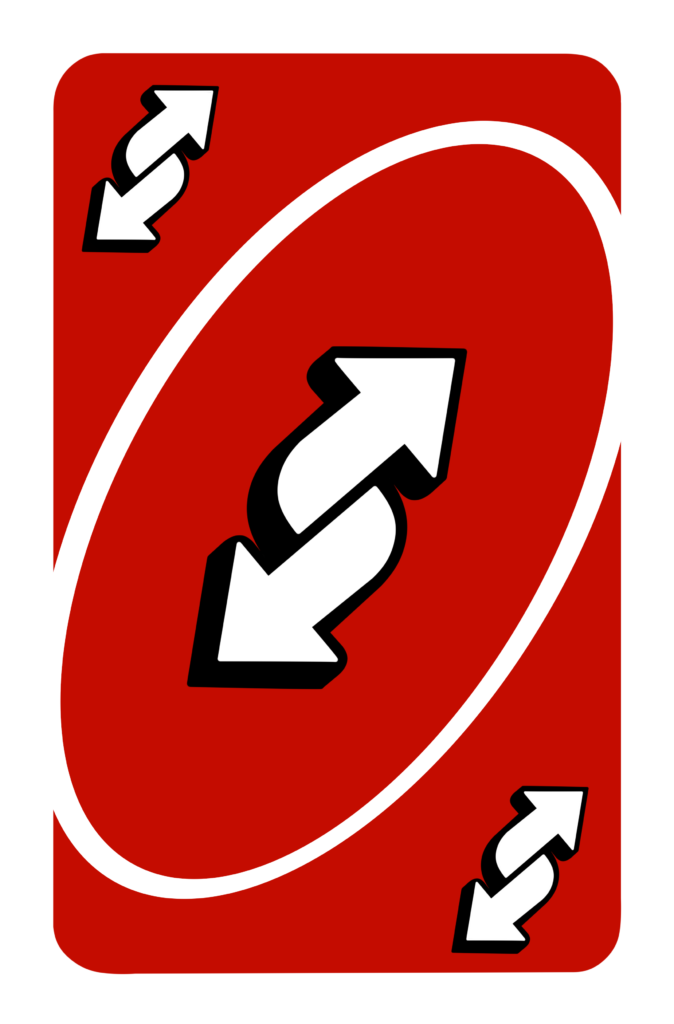
05:42 Speaking here of course of Ranma ½ by Rumiko Takahashi, a classic of manga and a pillar of English-language manga and anime in translation. A great series, we should totally read it some day. Published in English by VIZ Media.
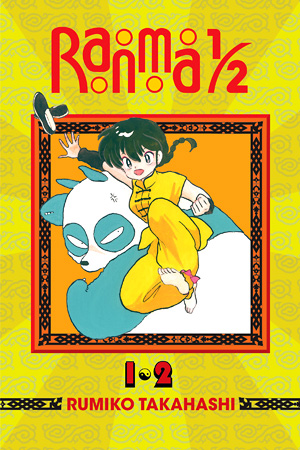
06:27 Is this image one of the funniest parts of the book? Chip comes back to this later and we hash it out.
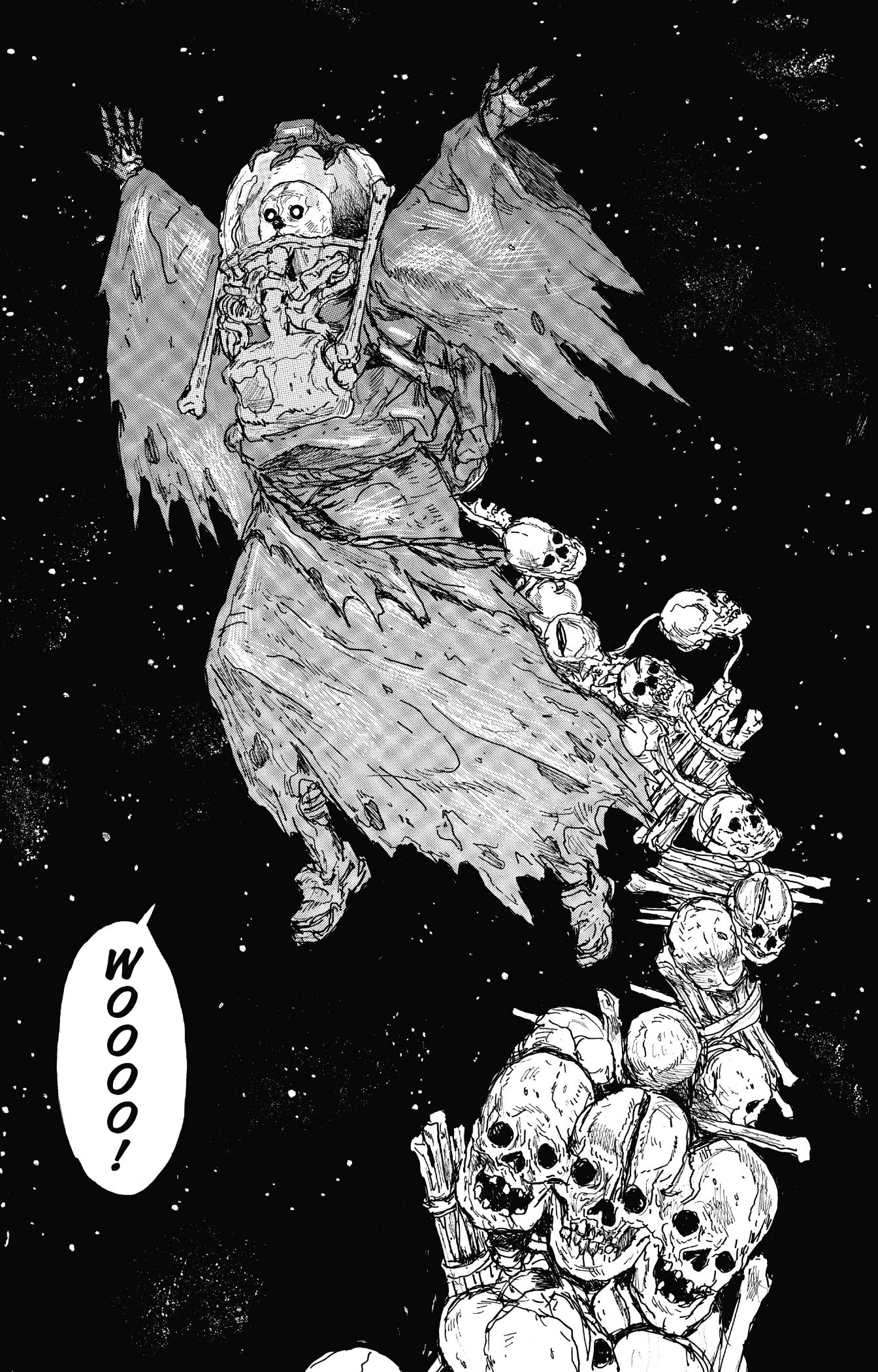
07:47 I honestly do not know how I didn’t immediately get that this was a comedy with dark fantasy/sci-fi elements, instead of a Dark Fantasy book with a few funny bits. But that ‘reveal’, the overly grisly cover giving away to Zaha’s dopey grinning face as he holds up a bowl of spaghetti and meatballs… That should tell you what this book really is.

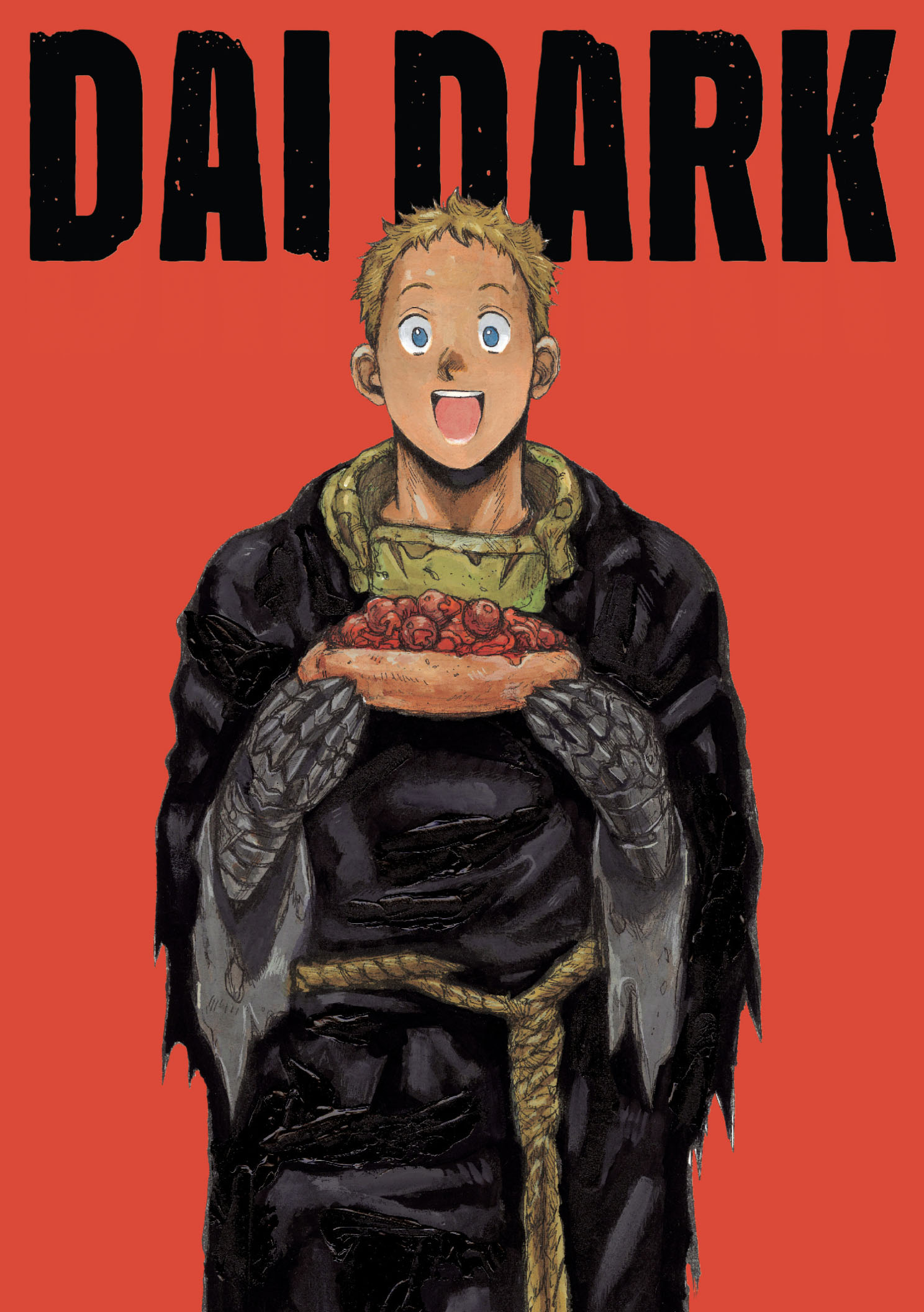
08:45 The serious sci-fi characters are introduced at the end of the book. It’s a bit like The Empire from Star Wars being inserted into Mel Brooks’ Star Wars spoof, Spaceballs.
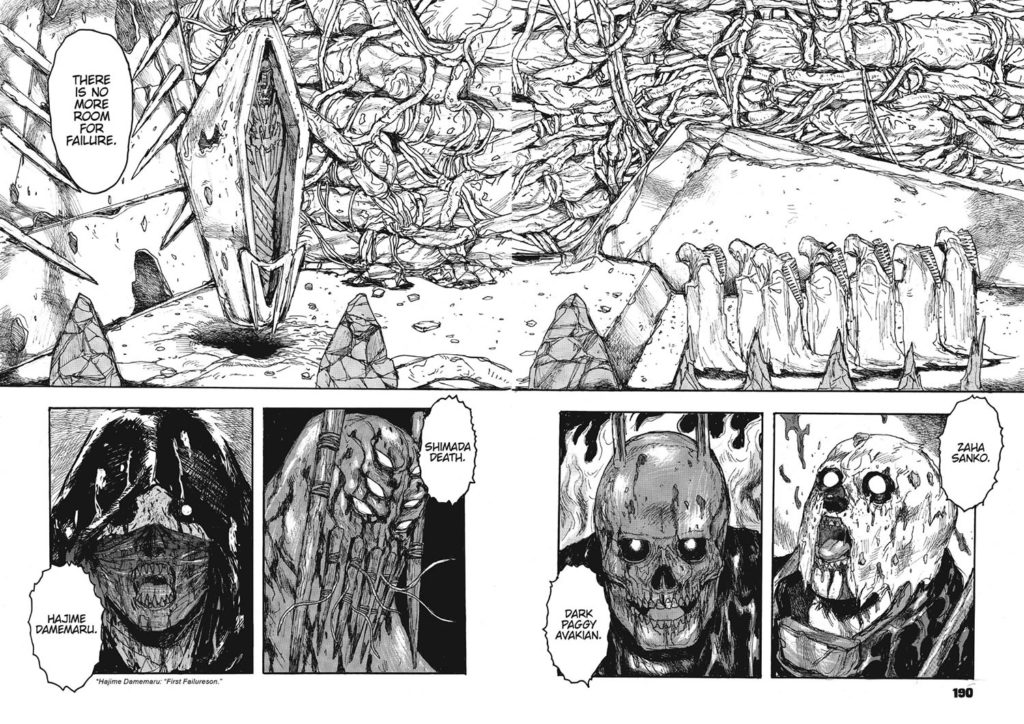
Also… we don’t usually post the same images in the show notes more than once, but we circle back to specific pages and sequences multiple times this episode, so please forgive us the indulgence of placing images here a few times, as we talk about different aspects of them. 🙂
09:20 As mentioned, Deb was having some audio issues this episode. This is the worst it gets all episode, and David’s put some work in to fix it! Sorry again!
10:11 This bad-ass character? It’s a lady. Get wrecked, misogynists! A Q Hayashida staple.
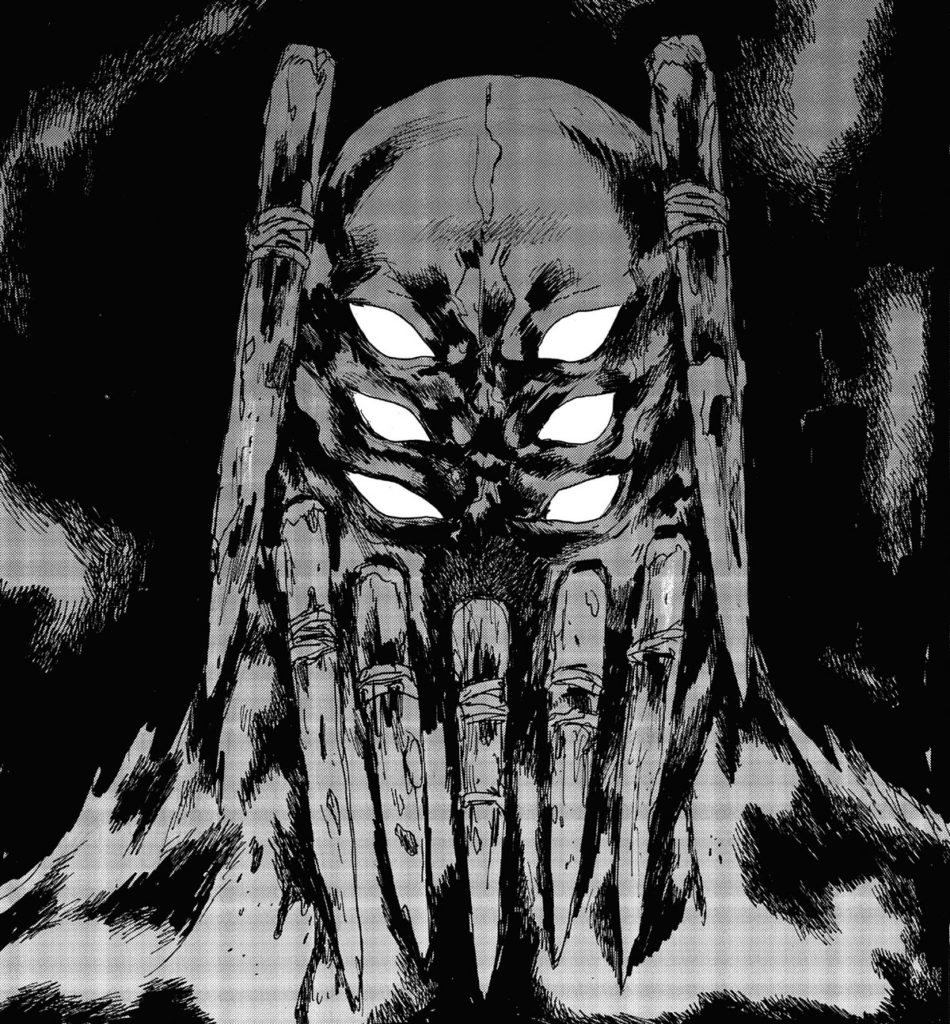
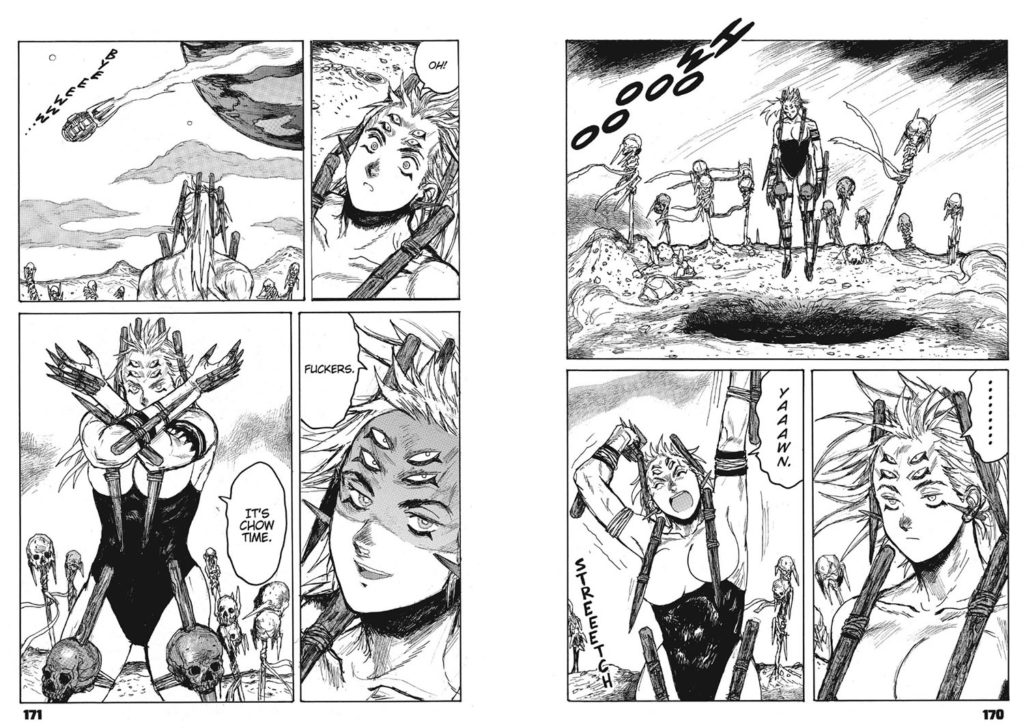
10:27 R-r-r-r-remix!
It’s true. If you liked Dorohedoro, you’re probably really going to like Dai Dark.
[Deb:] So maybe these connections are obvious, but maybe these similarities from Dorohedoro in Dai Dark are a nod and a wink to readers of both series. Gyoza –> Spaghetti and meatballs. Bad ass gal Noi –> bad ass gal Shimada Death. Weird demon dog Kikurage -> Skull-faced robot dog Moja.
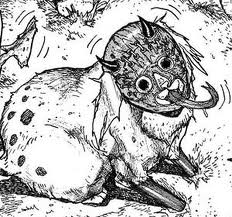
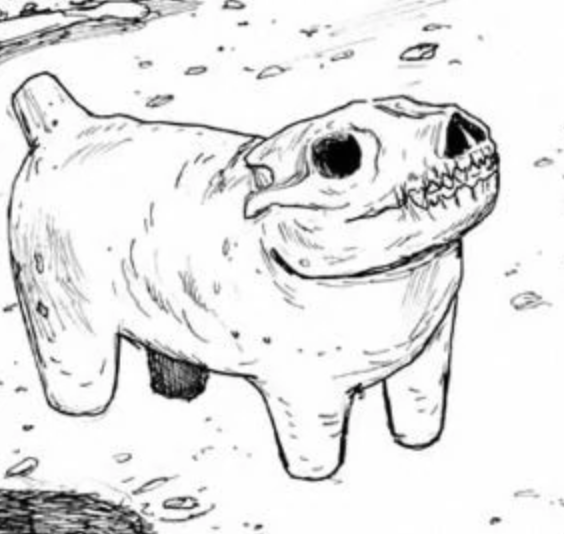
11:30 “This was a shonen manga series?!” Yeah, this is truly wild, that Hayashida-sensei went from semi-artsy seinen manga magazines to Ikki and Hibana to as-mainstream-shonen-manga-as-it-gets magazine Shonen Sunday, but I’m totally glad they did, this series is hilarious.
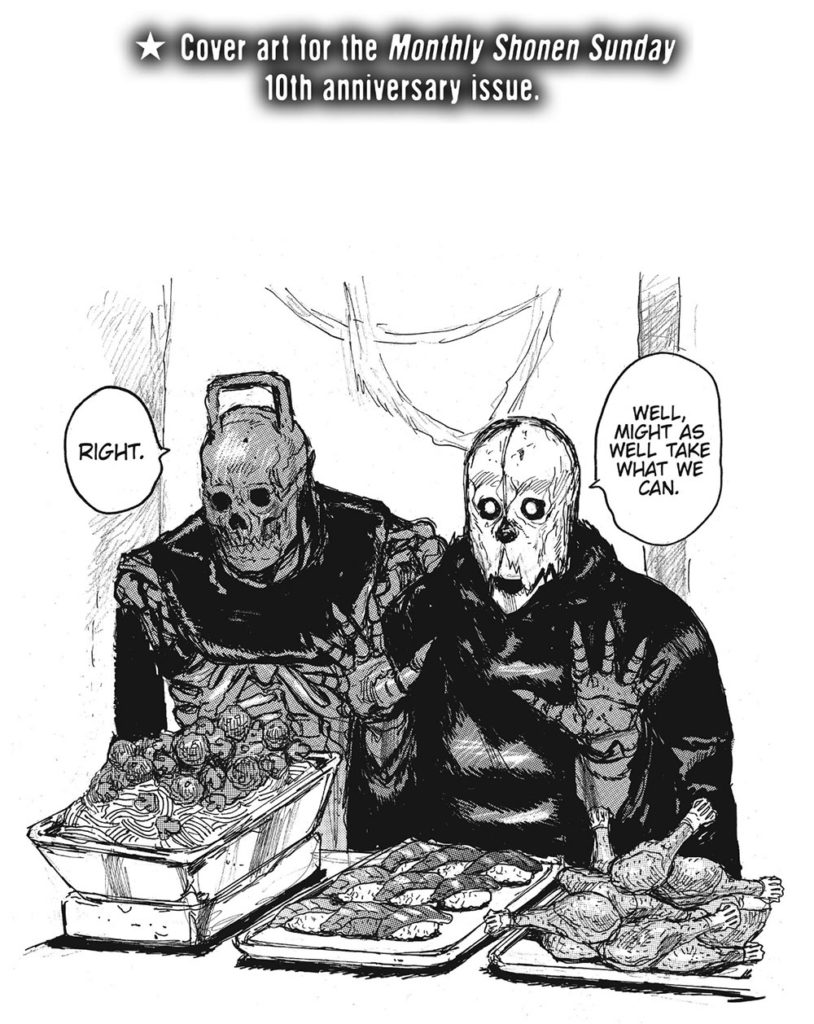
12:00 The jokes are thick on the ground with this book. Shimada Death’s introduction is hilarious, but if you’re expecting SERIOUS GRIMDARK SCI-FI, this scene will probably make you angry too!


13:45 Shout out to the translation/adaptation team of Daniel Komen and Casey Lucas!
16:52 3-page transformation sequence for his magical axe, except it’s just an axe.



17:50 Brian Schroder is better known by his artistic pen name ‘Pushead’, and he’s done tons of grisly heavy metal style images for numerous bands including, most famously, Metallica. So here’s the concluding spreads from the sequence above:

…and here’s some of Pushead’s more famous images for Metallica:
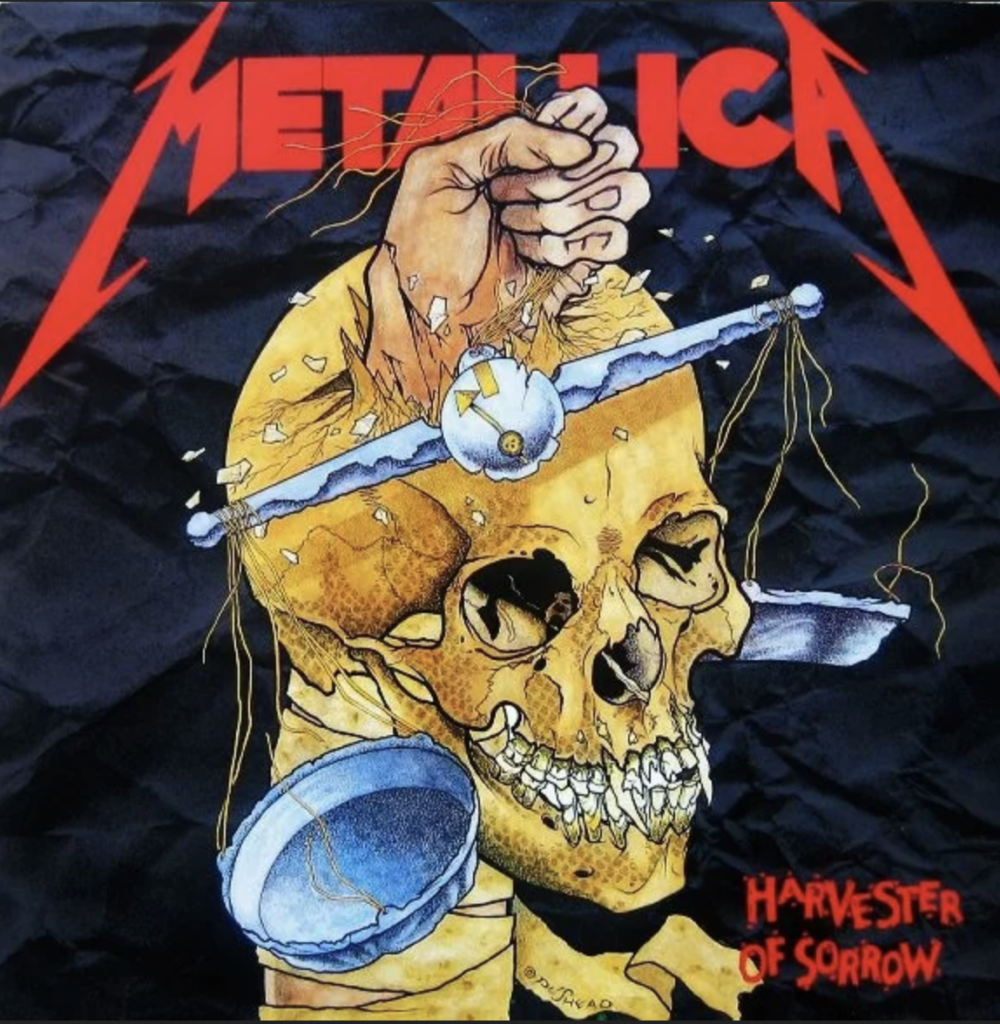

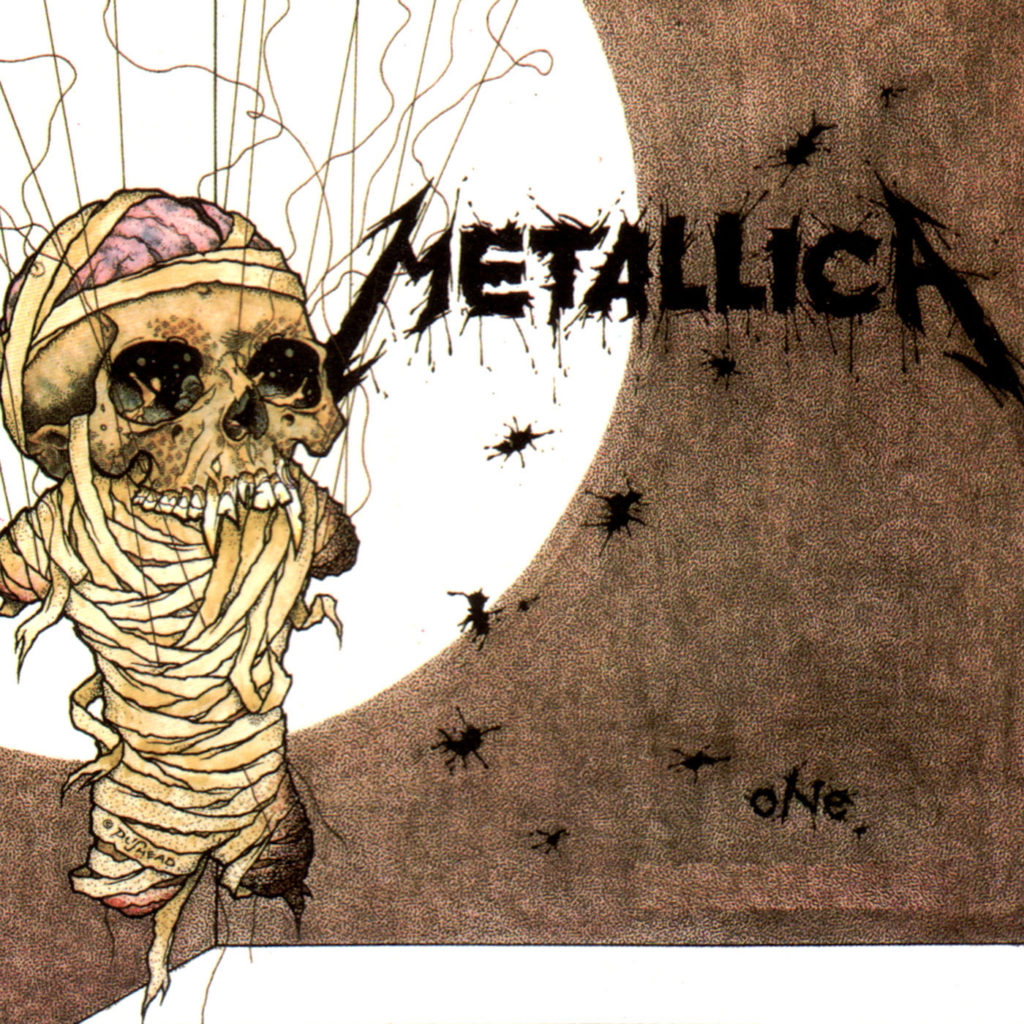
You can see what Deb’s getting at, and perhaps a few more of Q Hayashida’s artistic influences.
[Deb:] You can see more of Pushead’s art at his Instagram, @hyperstoic
18:05 Also: BONES FOR ME!

18:50 Crust is the bones of the pizza!
[Deb:] If you follow my travel adventures, you might be familiar with my world traveler / food blogger / hater of bread crusts pal, Melissa Chang. If you love some good food porn, go follow her Instagram at @Melissa808 !
19:15 Yeah, Sanko Zaha is just… A total weirdo. Absolute carnage, piles of dead bodies… and a weird bread thing.

20:45 Dudes just trying to get each other’s bones. But I will say, re-listening to our discussion for the episode, I wonder if Q Hayashida has got more rug-pulls up her sleeve? Maybe this really is, or at least turns into, a Serious Grimdark SF Story at some point in the future…? Hmm.
21:50 The scene with the bucket head kids that made us break down laughing.

22:23 As David mentions, the image of the Dark Axe hitting the creepy little buckethead kid in chest, the bucket flopping open to show its mouth, and then the follow-up… just hilarious.

22:40 Being creepy and funny at the same time is a huge part of Dai Dark. Meatball Spaghetti is specifically terrifying because, as Chip mentions, it looks like he’s wearing someone else’s skin as a mask.
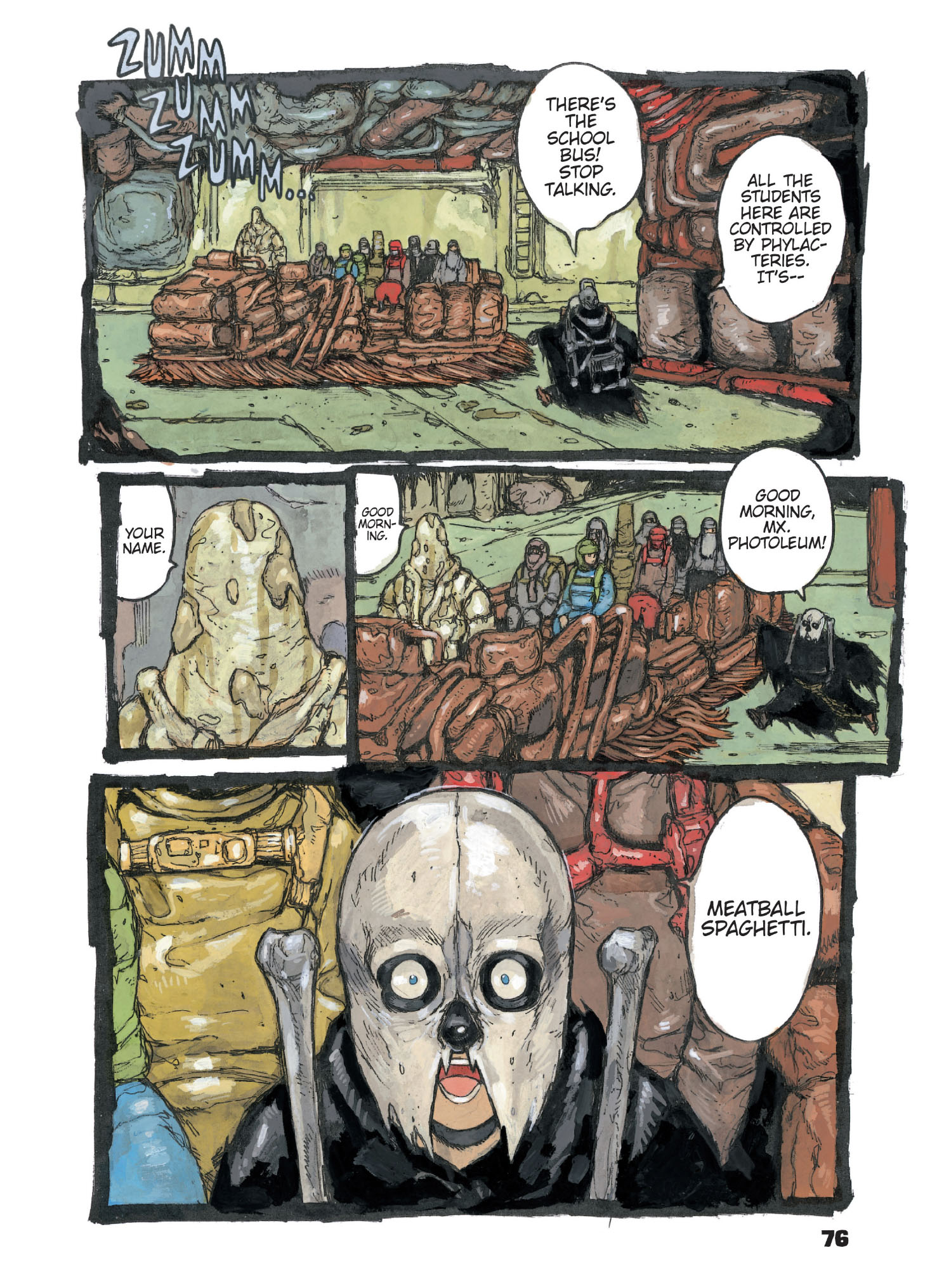
23:05 As Chip mentions, this “Design of Zaha Sanko” image between chapters features two cheek-pinchingly adorable images of Sanko, and then one absolutely terrifying skin mask illustration. Sums up the series nicely!
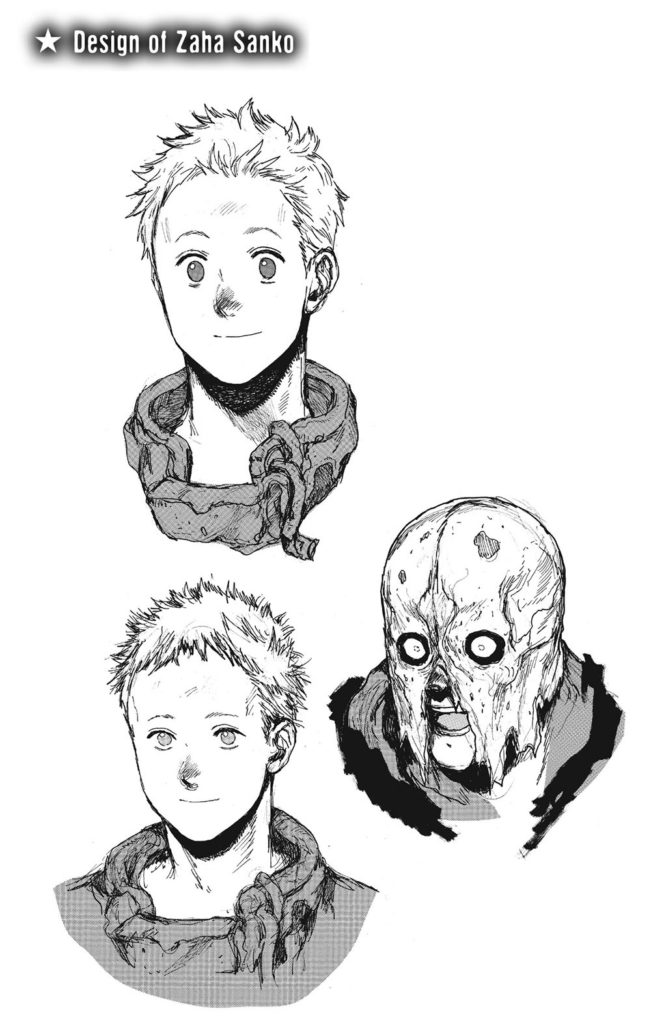
24:52 Long-time listeners will remember that we extensively covered the work of mangaka Tsutomu Nihei on Mangasplaining Episode 29, and his fascination with grimy, mid-apocalyptic architecture is one of the keystones of his work. I think you can absolutely see similar interests reflected in the work of Q Hayashida in this series, and her towering organic building structures… especially in the “Photospfere Headquarters” at the end of this chapter.
So here’s a spread from Nihei’s Biomega, which shows us a technorganic cityscape…
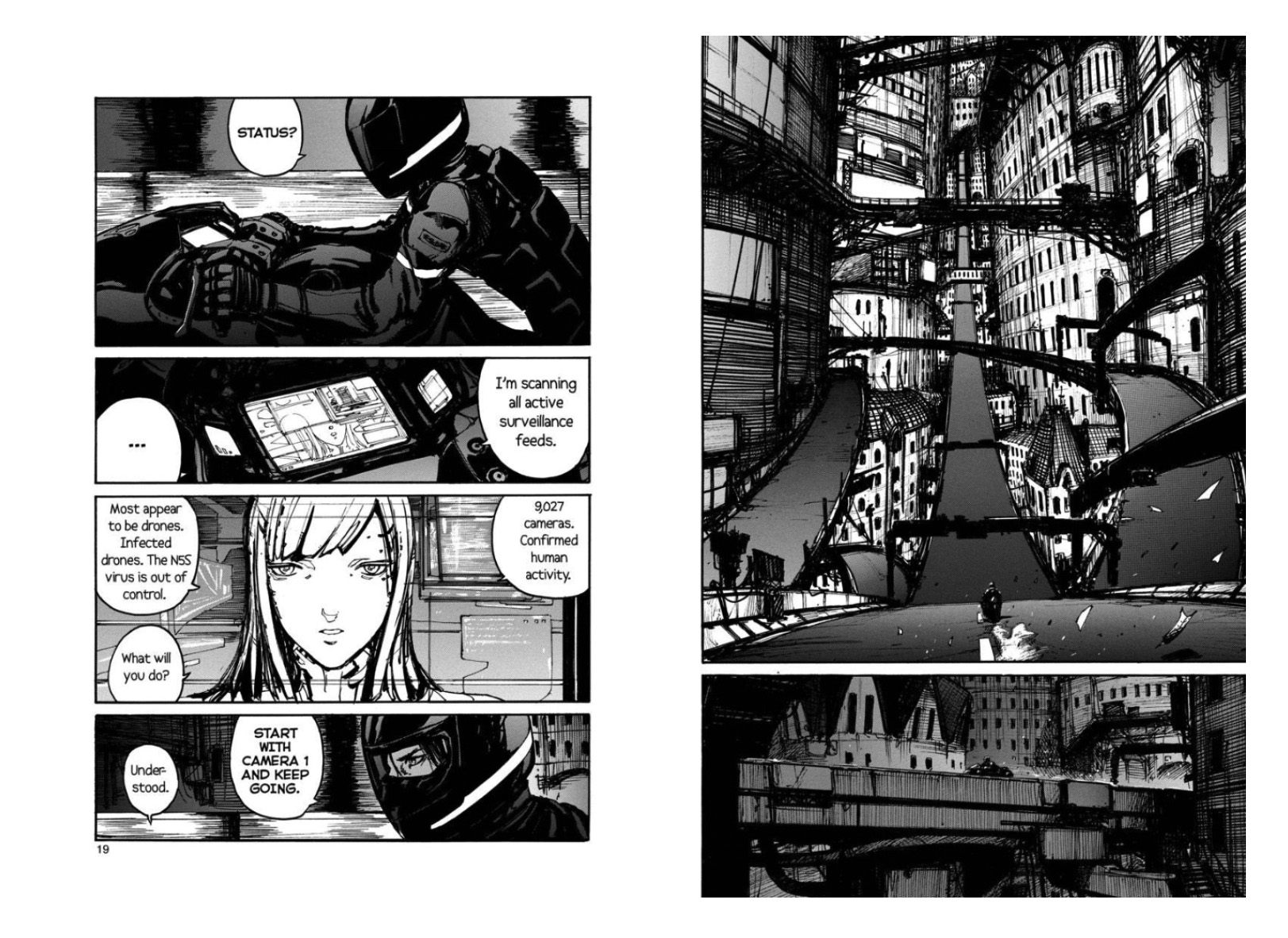
As compared to the bad guys’ city at the end of volume one of Hayashida’s Dai Dark.
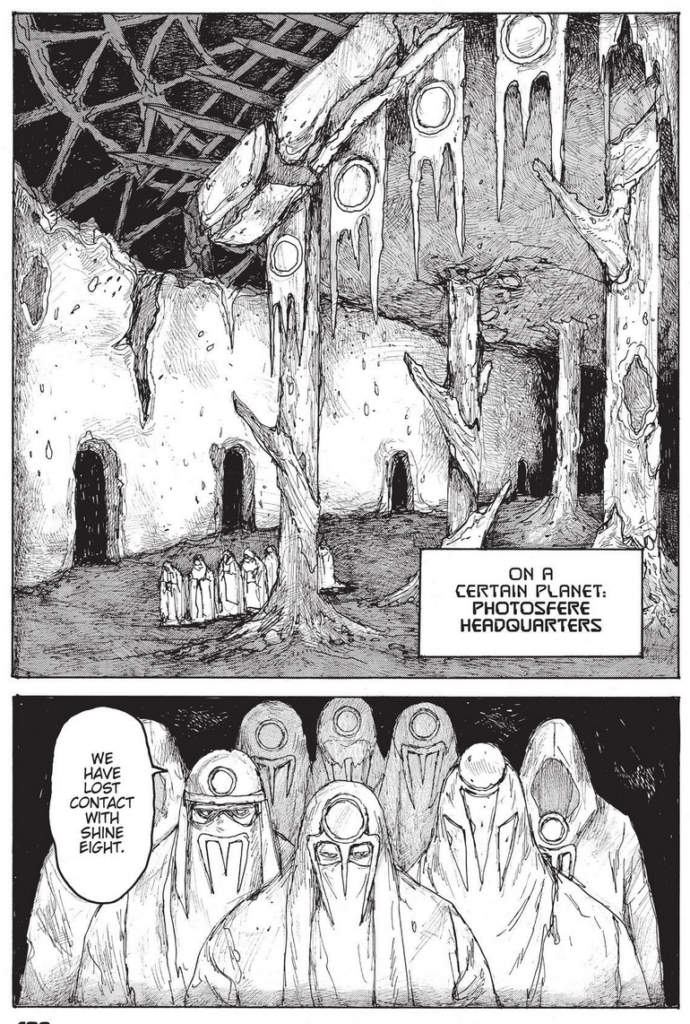
Similarities and differences, for sure.
26:20 Page 187, we see the hilarious dog that is also a high-tech computer AI, and he has tubes in his butt, and everyone thinks that’s very, very funny.

26:40 “We’re gonna make it after all!”
[Deb:] If this reference went over your head, go watch this.

26:50 So yeah, he’s got a (custom?) t-shirt from ALIENS that has a chest-burster xenomorph underneath he word BABY, the front is another ALIENS character, and then there’s weird little Ultraman (or Ultraman-inspired…) villains as toys on his shelf.

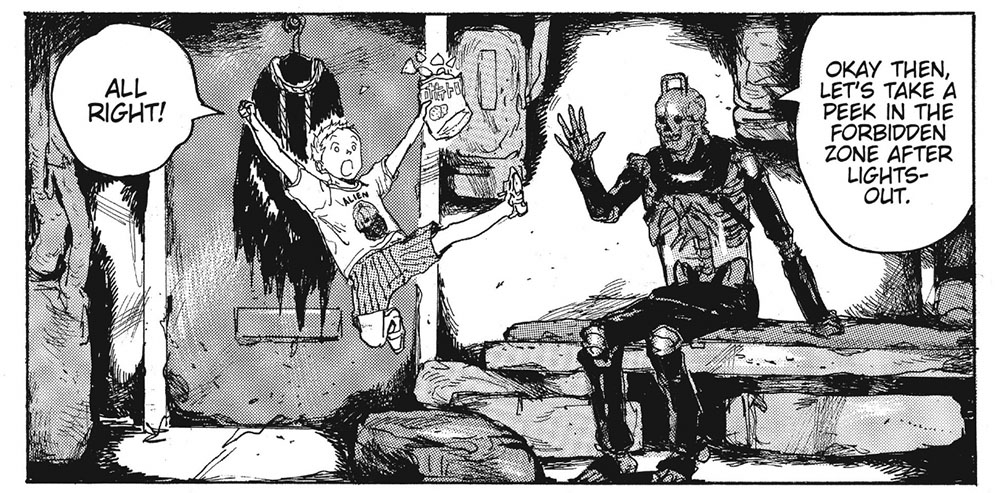
Q showing some more of her influences and favourites in the background of this story, and I kind of loved seeing the characters in the school environment with more details and backgrounds and things. Hoping for more buildings and weird environments in volume 2.
[Deb:] FYI – Dai Dark vol 2 and 3 are available now, and vol. 4 is due out on July 26, 2022. Check Seven Seas website for updates!
27:59 We go off on a bit of a tangent here about the gender Mx. Photoleum, Avakian, and gendered honorifics. It’s an interesting book on a number of levels, and an interesting (and good, we think) choice on the translation team’s part.

30:30 Look forward to Chip’s Batman in June! It’s… very intense, according to this trailer! All the trailers this week are super intense!
But until then, watch reruns of The Batman Adventures on whatever streaming service has them. I’m too lazy to check, but I’m sure you can find it somewhere!
31:20 The back of the book has a ‘bonus story’ and it’s… unclear… where this originally was published. As is pointed out, the panel borders are a little rougher, and the art seems a little sketchier than the main story. Did this appear in a different magazine, online, a doujinshi, somewhere else entirely? Who knows!? No one seems to have mentioned it online anywhere so I can’t track it down. I even bought the Japanese edition of Dai Dark to see if the info was in there, but no dice either! WHO KNOWS? If someone’s got info, please feel free to share in the comments.
That said, this short story about trying to get some food while a psychotic baddy tries to kill you, and you don’t even notice? Sort of a perfect encapsulation of what this series is.

31:00 Jumping back to the beginning again, the comedic sequence with Avakian building a corpse fire and warming his hands (even though he’s a robot?) is just hilarious. He is, in fact, goofy.

33:20 This sequence, with the backpack Avakian waking up, looking terrifying, imposing, worm’s eye view, Frankenstein’s Monster vibes, beautiful illustration and sequence…


… and then in the next panel on the next page, the rug gets pulled.

37:15 “I didn’t understand Dorohedoro until the anime,” says Deb, and that’s a really valid take–Dorohedoro is a weird story!
I think it’s worth noting here that we’ve talked about how anime adaptations streamline, rework, and focus stories to make them work in a different media. We’ve never did a 1:1 comparison between anime and manga on here–I remember we talked about the differences between the anime and the manga versions of Beastars during that episode–and it might be helpful as a discussion point.
But the long and the short of it is that anime, especially in N. America, tend have a much wider audience than manga. Or at least a larger potential audience, and so the work is made more palatable for someone who may be completely new to the story (e.g. never read the manga). For something really strange and unique, creating an easy-to-digest animated entry way into the work makes perfect sense.
Here’s an intro to the Dorohedoro that Netflix produced for the anime. It’s… you guessed it… intense.
39:30 I’m on fire! The slapstick horror of Dai Dark. It’s funny, when I hear “slapstick horror” I always go right to the Evil Dead movies… maybe fans of Evil Dead would dig this one?

42:15 FLOOP! Shout out to letterer Phil Christie.
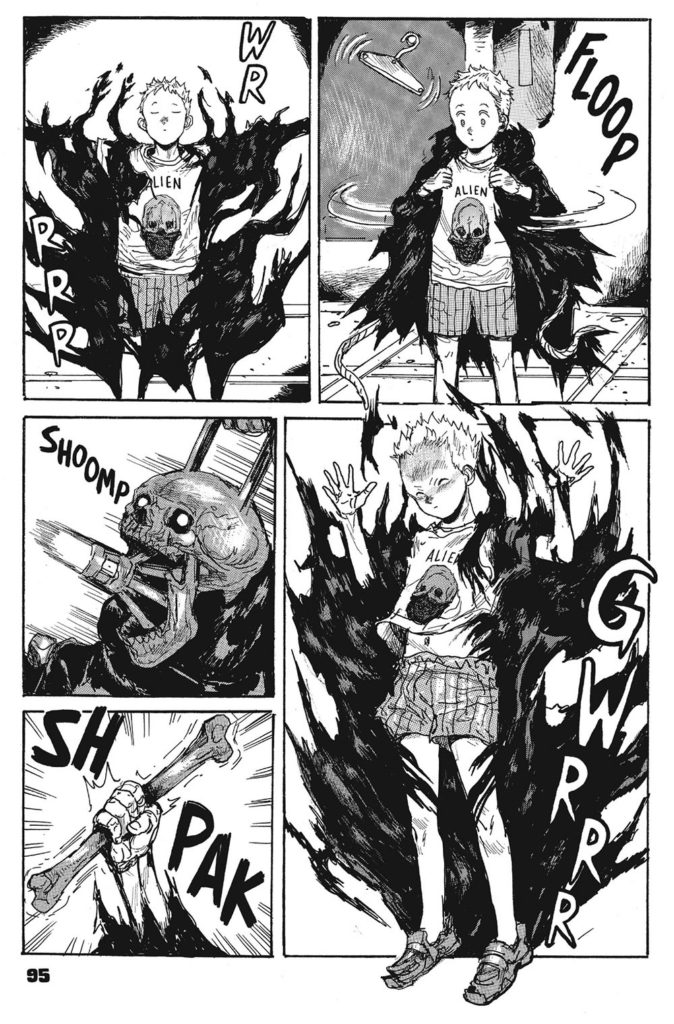
I know that David said this outfit was giving him like “shitty venom” vibes, but looking at it again, it’s giving me like, Spawn’s costume vibes, kinda? Yeah, Spawn.
42:54 That was me, actually.
43:18 David loved page 98, where Sanko treats his now-removed embedded surveillance device with love and care. It’s a different kind of funny than some of the other stuff in the book, and it does show that Sanko is sweet and kind… but still very dumb. 🙂

44:23 Explosive Death For you! What superpower even is this?
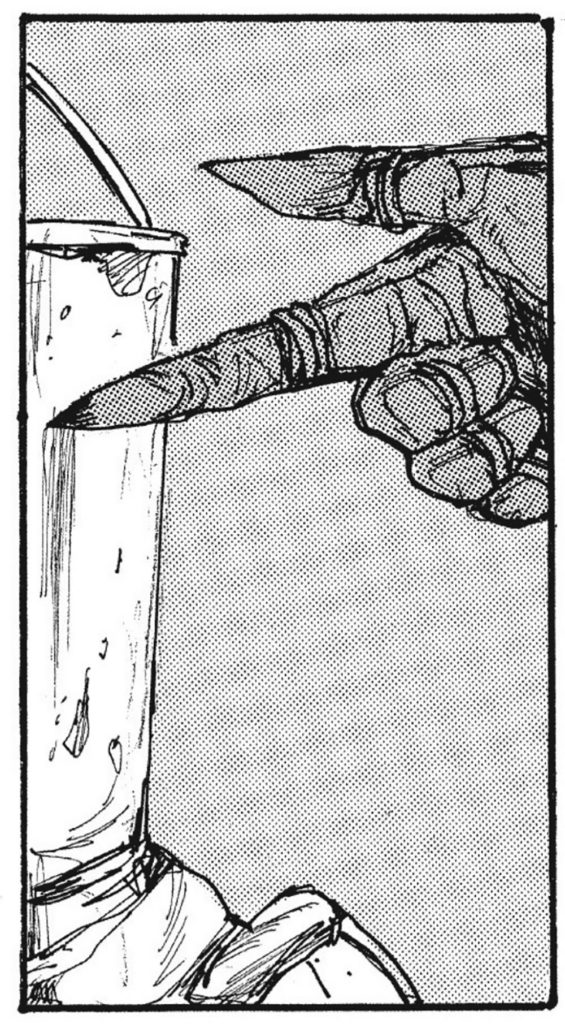
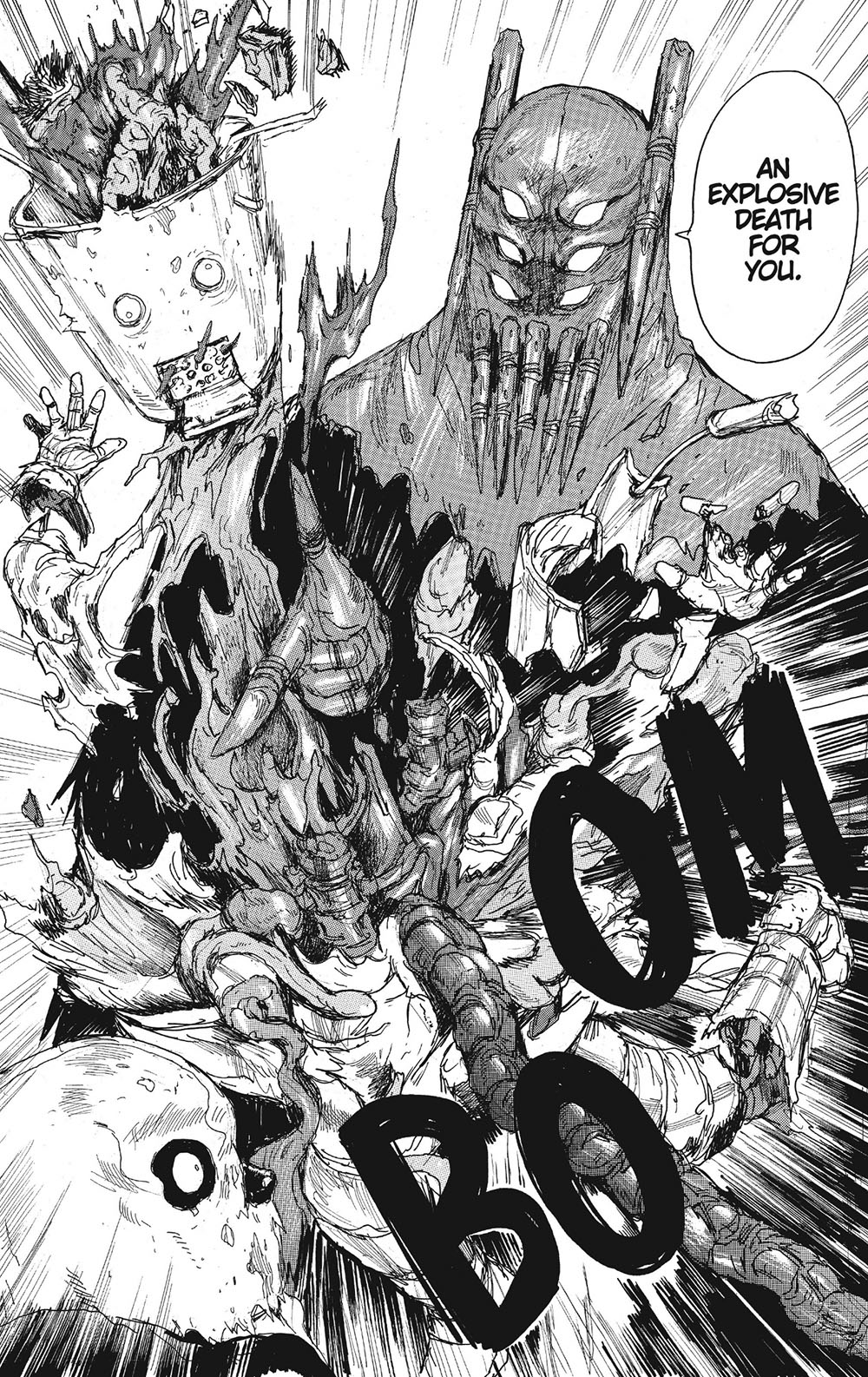
44:20 So is shonen manga just seinen manga with no sex and blood? Because several of us have pointed out that Dai Dark feels very much like it’s for older readers, but if you look at it, there’s nothing so extreme that a younger reader couldn’t give it a read too. I wonder…!
47:00 This is maybe a bigger idea, but I think I expressed it pretty cleanly. I will say that when we actually start getting Otomo’s short story collections I think we’re going to see that he’s a creator with many more facets to his work than beautifully drawn sci-fi work (although that is a throughline). There’s a lot of comedy, a lot of screwball zany stuff, and the tank sequence that we talk about in the third volume of AKIRA is a good example of that.
[Deb:] The Katsuhiro Otomo Complete Works manga project is something that was announced at Anime Expo 2019, and since then, a few volumes have trickled out in Japanese, albeit not-exactly-in-chronological order. So far, Domu (vol. 8), Highway Star (vol. 3), Sayonara Nippon (vol. 4), AKIRA Animation Storyboards vol. 1& 2 (vol. 21 & 22), and Boogie Woogie Waltz (vol. 2) have been released in Japan. They have not (as of today, sometime in mid-June 2022) been announced for release in other languages yet.
Here’s the Japanese website for the books, http://otomo-complete.com/ and the Twitter account @otomo_zenshu, to get the latest updates.
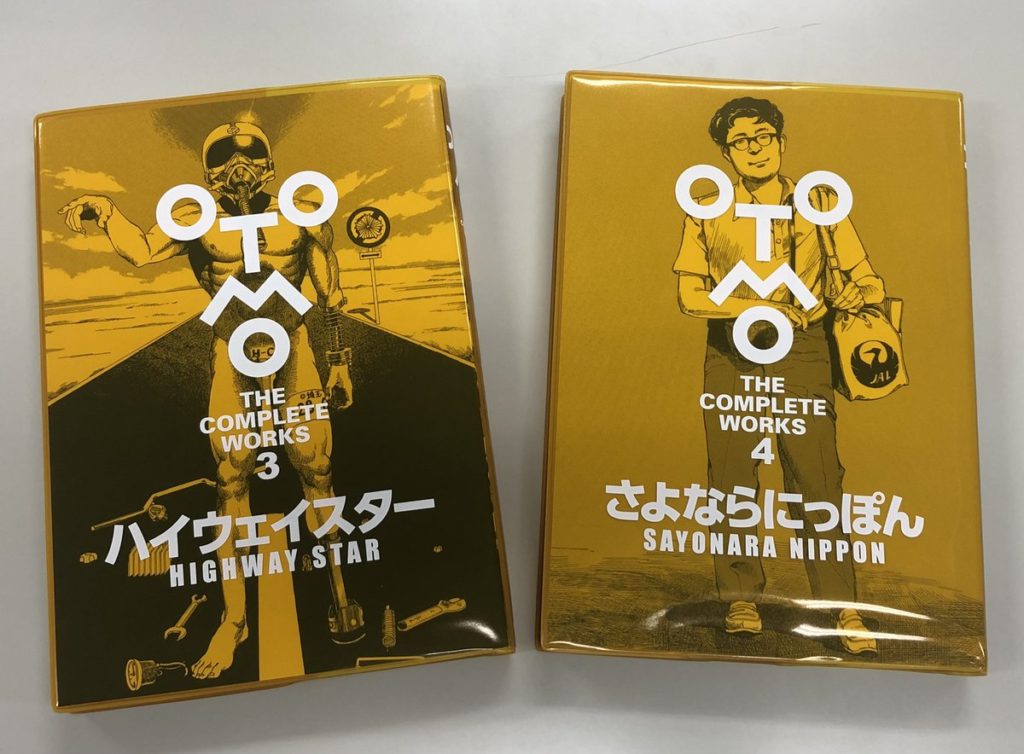
While we’re waiting for those Otomo to be announced/translated/released/etc., there’s a few ways to see what I’m talking about.
First up, there’s the anime movie Roujin Z, which Otomo wrote, and which is about a futuristic hospital bed designed to take care of people at end of life… which goes berserk and causes havoc in future Tokyo, with an 87-year old man trapped inside. It could’ve been a straightforward horror-social-commentary, instead it’s quite funny if I remember correctly. You can even see, the trailer starts off in sort of a ‘serious’ way, before the carnival funhouse crazy music comes in.
Then there’s a few films that animate collections of Otomo’s short stories, including the most recent, Short Peace, which is… much more on the serious vibe. There is at least one goofy horror story though.
[Deb:] Short Peace is available on DVD/Blu-Ray from Sentai Filmworks.
And of course, the one you were probably thinking of first, Memories (1995), which includes three short stories (at least co-created) by Otomo, although Satoshi Kon wrote Magnetic Rose!
[Deb:] Memories is now available on Blu-ray from Discotek Media.
Anyway, lots of sci-fi (it’s what the kids want!), lots of drama, lots of intricately-drawn technology, but there’s a lot of humour there too. Really looking forward to official English versions of those manga short-story collections…!
48:50 David mentions that the final chapter is called “The Hateful Four”. They’re actually introduced in a color spread at the beginning of this book, before the action gets started, and they all look crazy…
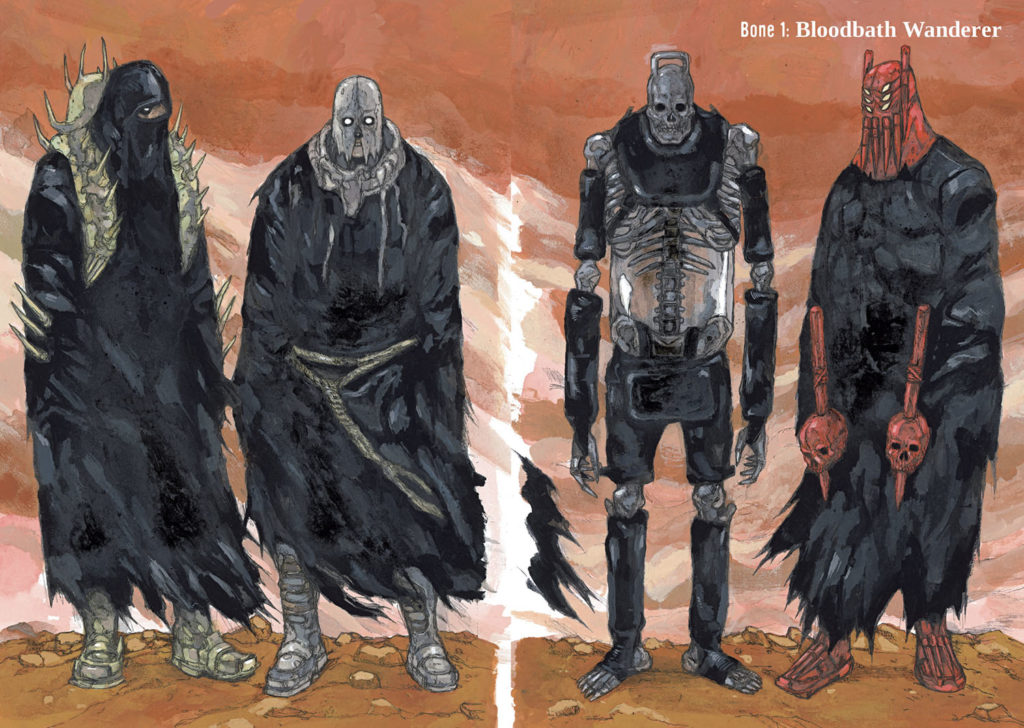
But the introduction on this page, we really dig into these illustrations and they give away a lot about the series, and are great self-commentary on the series, about how they’re perceived, and how they actually are IRL. My comment in a few minutes goes back to this.

49:55 Finally, one more check-in with Shimada Death, who has killed her attackers, and then eats their escaping souls like they’re chicken wings.


And that’s a heck of a note to go out on this week! 🙂
53:20 THE BREAK! After this point time-stamps are approximate due to dynamic ad insertion.
54:30 David shares some really cool behind-the-scenes info about being a manga editor and making a lot of choices that people don’t always see! He’s talking about Hell’s Paradise: Jigokuraku by Yuji Kaku (from Shonen Jump/VIZ Media), but there’s a lot of this kind of stuff happening all the time. Things do slip through, of course, and English-reading fans won’t always like or understand why something was chosen, but people do put a lot of thought in.
[Deb:] You can read a free preview of the first chapter of Hell’s Paradise: Jigokuraku, but you’ll need to sign in with a VIZ account, since it’s got some content that’s probably only appropriate for readers age 16 and up. If you have a Shonen Jump subscription, you can also read the latest chapters of this series online (but not on the Shonen Jump app, since it’s got that OT/Mature content can’t be shown via an all-ages app restriction to deal with).
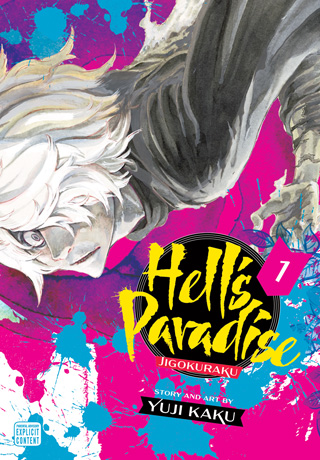
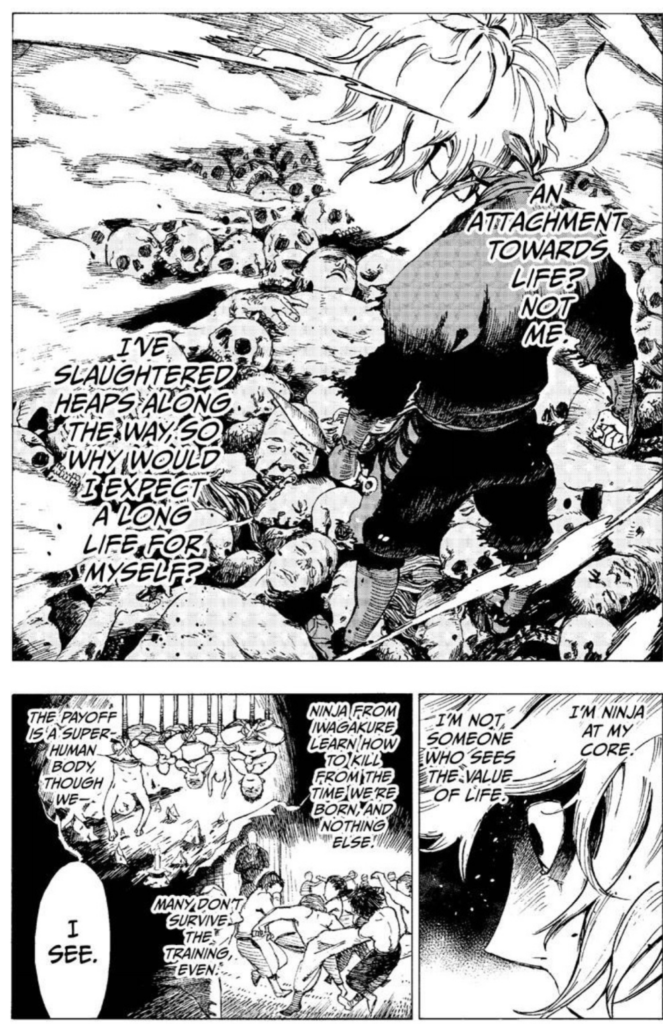
56:30: “Full Saban.” Heh, this was an instigating comment from me, as Saban is notorious for licensing Japanese series and doing heavy edits and localization to remove as much Japanese from the original works as possible. Fans tend to hate it, but some stuff just doesn’t work for a mass audience. Some stuff does though! It’s a fine line, but I think there’s a general agreement when things cross the line. Jelly Donuts come to mind…
[Deb:] Just in case you aren’t automatically triggered by the word “Saban” — I’ll try to explain. Saban Entertainment is a N. American entertainment company that has licensed animated and live action shows from Japan, (plus France and Korea) with an eye toward making them accessible/understandable to viewers who might not know much about Japanese culture. The latter part of that description is when people get twitchy. Animated and live-action shows that got picked up by Saban Entertainment and mmm… shall we say “adapted” for overseas release include early dubbed versions of Dragonball Z, Digimon Adventures and most famously, the Mighty Morphin Power Rangers, which edited in English-speaking actors and altered storylines with the original Super Sentai action sequences from the Japanese shows.
58:00 David jumps in with some Jojo’s Bizarre Adventure behind-the-scenes too! Neat! Deb is looking for that article she mentions in this section, about sound effects in Jojo’s, and we’ll run that on mangasplainingextra.com at some point in the future.
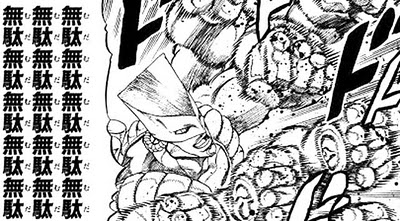
60:15: Garfield! Is this now the greatest episode of Mangasplaining of all time? MAYBE!
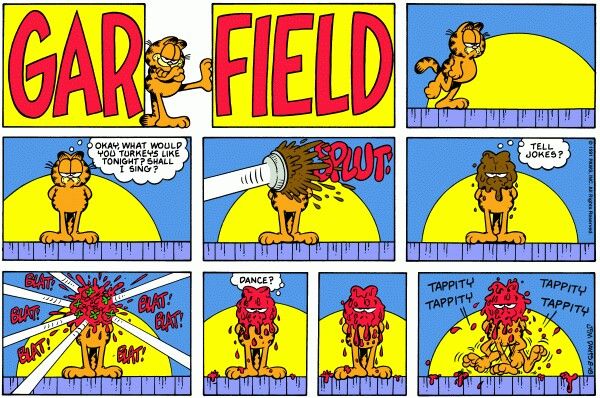
1:03:15 Shout-outs!
Christopher shouts out the manga Polar Bear Cafe by Aloha Higa, which is coming early next year in English from Seven Seas Entertainment. It’s a cute slice-of-life manga about a cafe run by a polar bear, and his customers, who are gently-wacky. The anime is still available to watch on Crunchyroll, and the manga is super cute and nice and great.
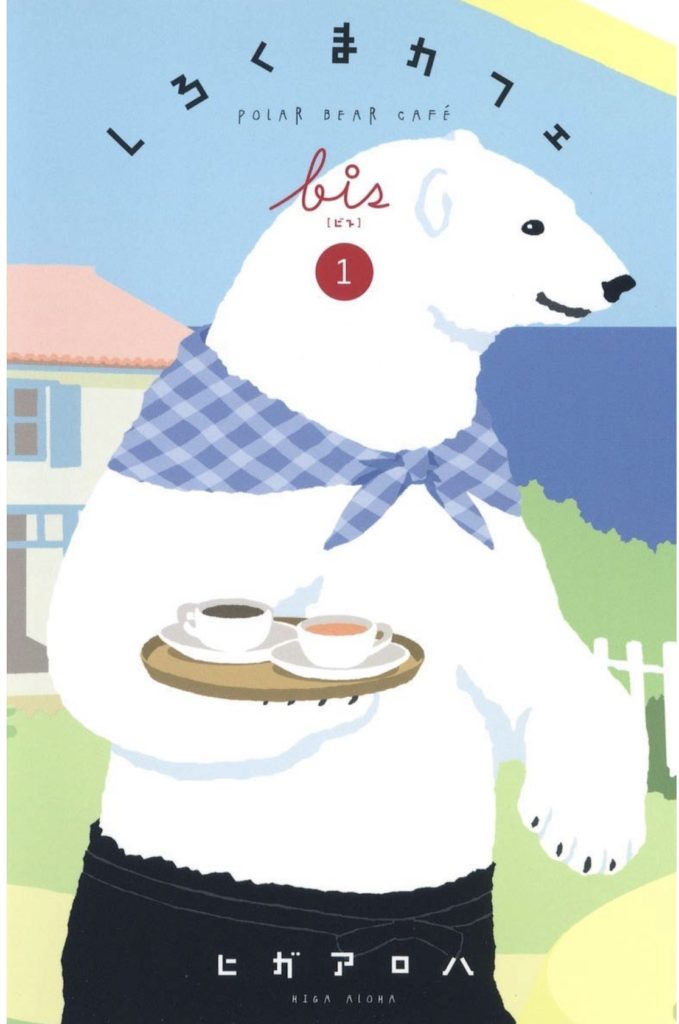
Sadly the real life Polar Bear Cafe in Takadanobaba closed during the COVID-19 times. Totally a bummer, but I’ll always remember having had a very nice day there.
Deb shouts out the manga Changes of Heart by Kujira, a sex-positive josei romance story from Kodansha. Sounds good! You can read the first chapter over at the Kodansha website.
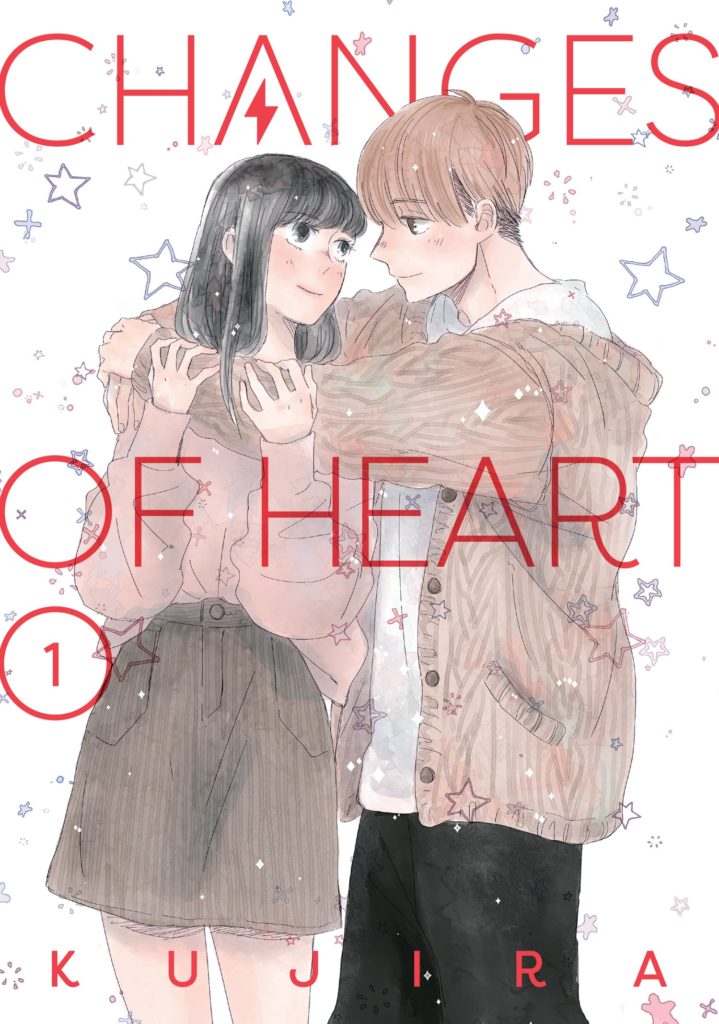
Chip shouts out the movie Everything Everywhere All At Once, which gives us another opportunity to include one more intense trailer this week. For what it’s worth, I was told NOT to watch the trailer for this movie before seeing it, it’s a bit spoilery, so, BEWARE.
Finally, David shouts out Ursula K. Le Guin’s adaptation of the Tao Te Ching by Lao Tzu.
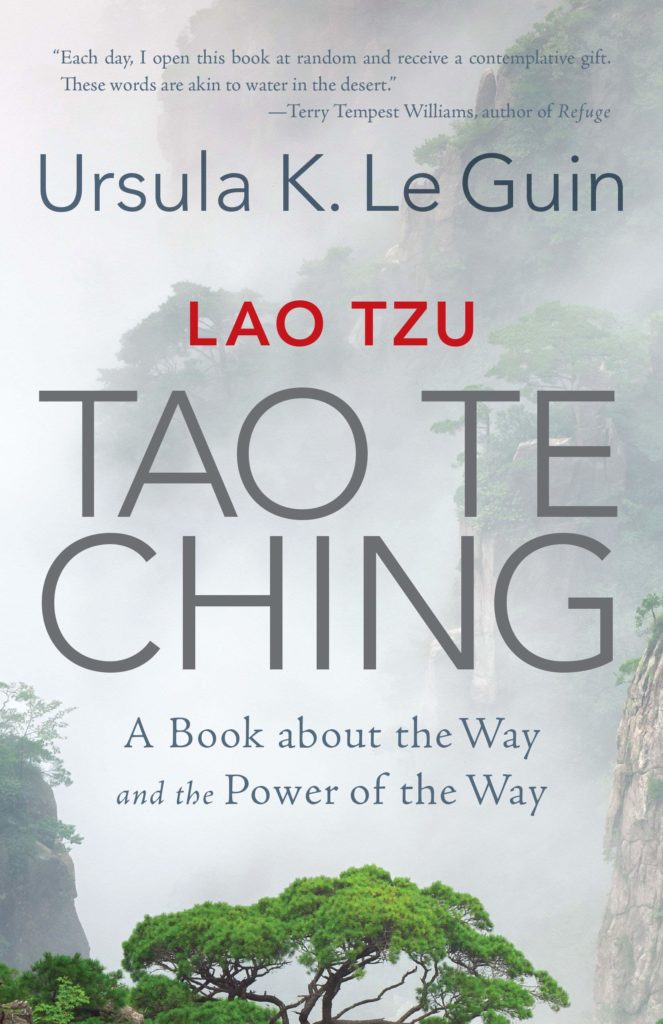
And that’s this week’s episode of Mangasplaining! Thanks so much for listening, and we hope you enjoyed this very image-heavy week in the show notes.
Please support your local comic and manga specialty shop when purchasing these books, and you can find one near you at comicshoplocator.com. You can also check your local library for print and digital lending options, they have TONS of manga! Also, check us out at MangasplainingExtra.com, we’re doing cool stuff over there, like that Kaz comic up top. Finally, thanks to D.A.D.S. for their musical accompaniment this episode.
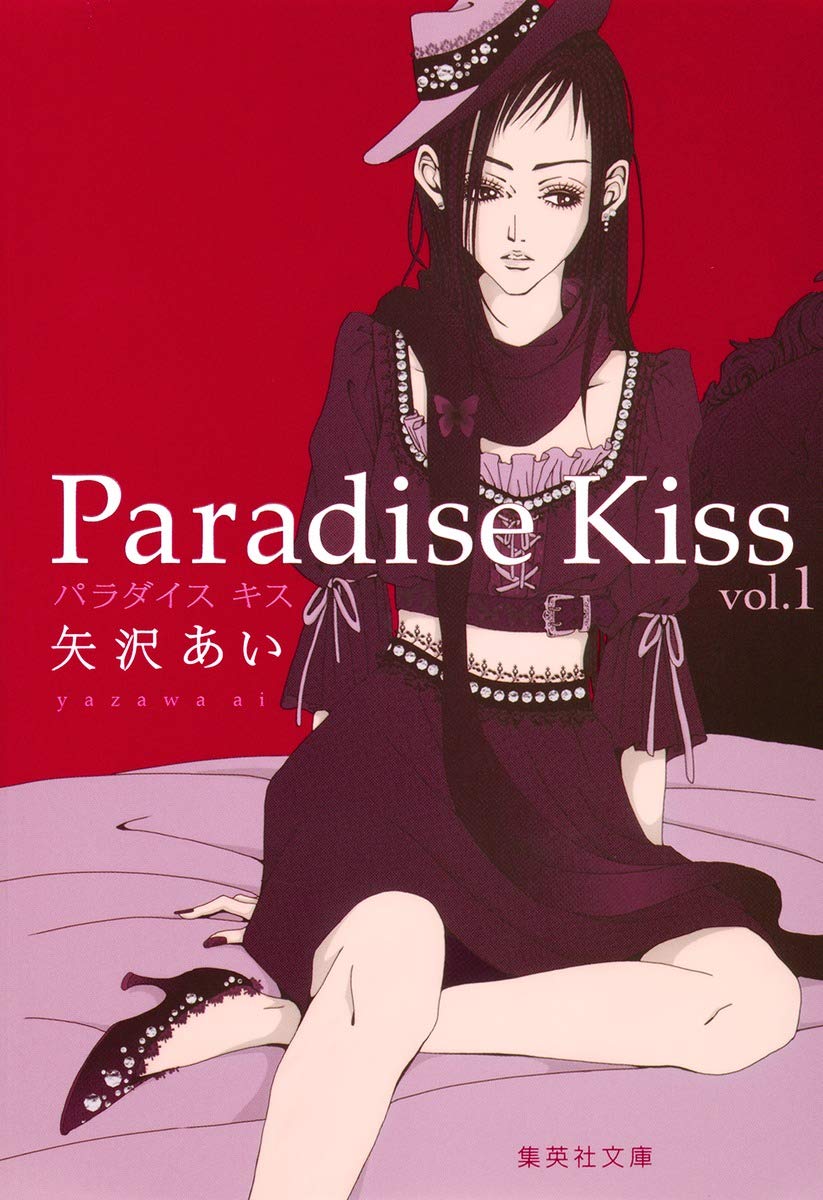
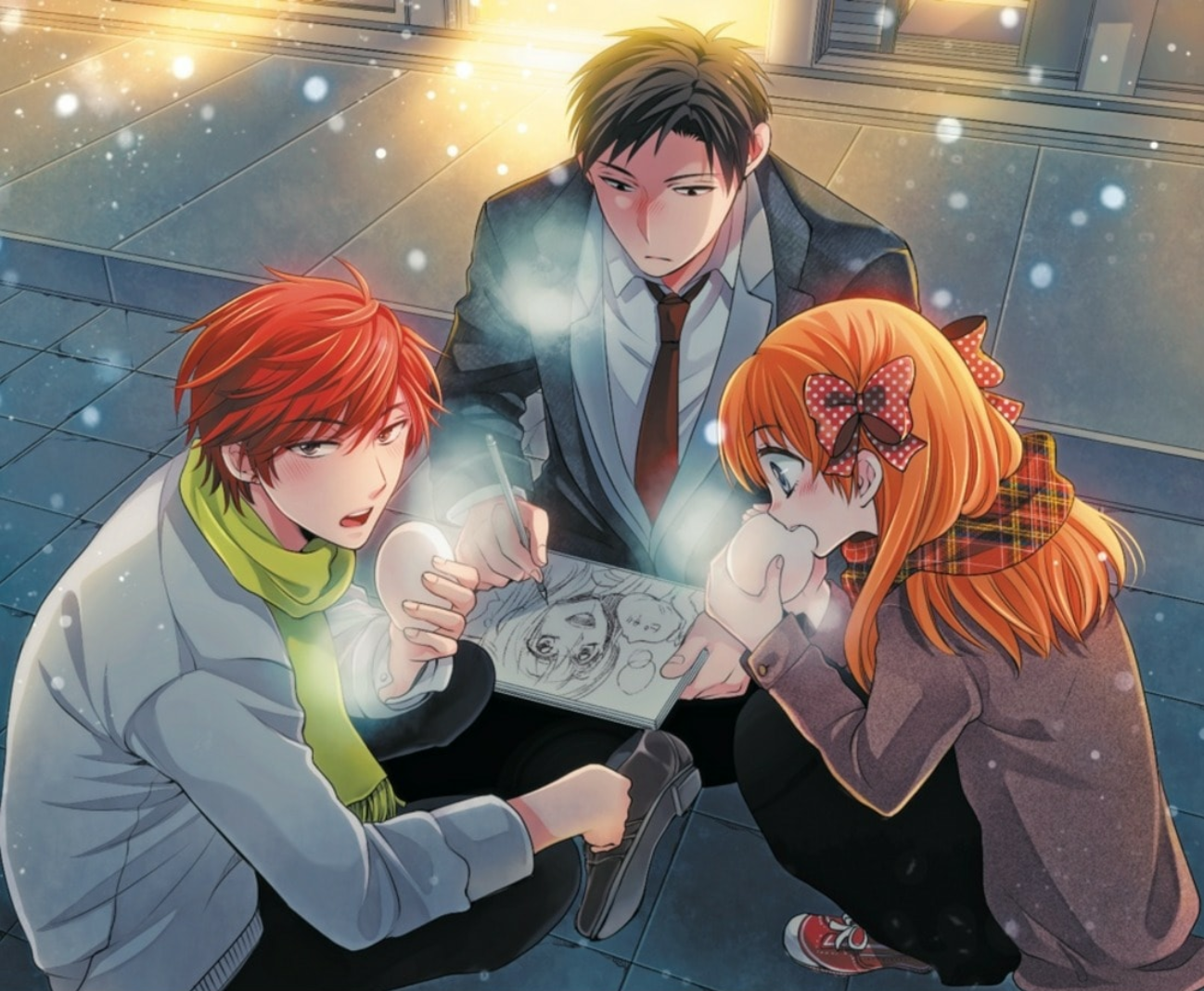
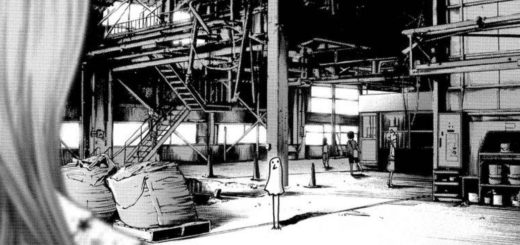
I first attempted to start Dorohedoro a few months back and had a similar ‘not sure what I think about it’ feeling after the first volume. I read Dai Dark a few weeks back and absolutely loved it! I then decided to revisit Dorohedoro and preceded to fall down that rabbit hole and burned through the remaining 22 volumes in a couple of weeks. I guess that’s just to say that that seems to be a common reaction to Q Hayashida’s works. I’m not sure what was different between the two right off the bat. Maybe I just wasn’t in the right mood when I first gave Dorohedoro a shot? I’m now a huge fan and am all in on the rest of Dai Dark and whatever else she goes on to produce. So glad you all enjoyed it as much as you did!
I also have a shout-out, which as a dedicated listener, I feel completely entitled to share. ^_^
If Dai Dark is your jam, I highly recommend Tamsyn Muir’s Locked Tomb series of novels, Gideon the Ninth, Harrow the Ninth, the upcoming Non the Ninth and the final future volume Alecto the Ninth. Flipping hilarious, irreverent and dark, but so well-crafted. The first two are out from To, the third will be released in September.
The Locked Tomb fandom is also hilarious and ridiculously good fanart is available all over twitter.
I love Q Hayashida and Dorohedoro, but I have to say, Viz’s edition of Dorohedoro is really terrible. Kikurage is named Judas’ Ear? WHY?
Netflix’s localization is MUCH better and IMO, one of the reasons the anime had better success than the manga originally did.
Haha I know that has not much to do with this ep. I love Dai Dark and I agree that it’s a lil better than the first few chapters of Dorohedoro at establishing how goofy the tone is despite it looking so hardcore.
I was pretty surprised by the sentiment that Dai Dark and Dorohedoro feel different, because to me they’re almost tonally the same. I guess Dorohedoro does have more plot direction in it’s first couple chapters, but Dai Dark really does feel like Q Hayashida just continuing to do what she did in the last half of Dorohedoro (i.e. doing whatever the hell she wants and having a blast doing it), but in a different setting.
One thing I think that’s wild about Q Hayashida is that she doesn’t use assistants. 18 years of building Dorohedoro all by herself is pretty incredible, but probably necessary. I can’t imagine the conversations, “No, assistant! Draw it more mucky! This is the Hole!”
“Dorohedoro” has been on my radar for good long while, but it might be this episode that gets me to pull the trigger on in it. Incidentally, this episode said everything I needed to hear, so I rushed out and bought the first volume of “Dai Dark” *immediately* after listening to this one. Despite Deb only being at 70% for this one,. the enthusiasm everyone brought to this really sold me on it. I’m so glad I read it. Order volume 2 already!
I’m glad you were explicit about this being a horror comedy, because I definitely would have gone in think this was grimdark sci-fi, and maybe come out disappointed. I think it’s sometimes a failing of shonen manga where a serious section is undermined by just awful slapstick comedy. Your “Akira” example is how to do humor right, because even in a serious story, there should be moments of levity because life has moments of levity. It alls comes down to the execution, though, and I think it’s usually executed poorly.
But “Dai Dark”? I really like this style. “Evil Dead” is a perfect touchstone for that mix of horror and comedy. I think a lot of ’80s horror films skated by to a lower rating than they should have had because of the comedic elements. (“Monster Squad” comes to mind.) I think Hayashi executes very well on mixing the two, and I think the balancing act comes in crafting scenes where you’re not sure whether to laugh or wince. That’s not easy to pull off.
You touched on this during the show, but it’s funny that Chip hates world building, and I get that. I always bounce hard off of fantasy novels because of that. But this manga, so far, was really nothing but world building, but because each chapter was a vignette of sorts, it kind of worked for me. I could just go with the flow of it. Although, the flashback within in a flashback was not something I was a big fan of, but not sure of how to get around it without spoiling the surprise with Avakian’s introduction.
As I read the Japanese version, and you provided a fair number of dialogue pages in the show notes, I could easily compare the translation to the source. The team did an excellent job I would say. They took some liberties with the addes swearing, but you have to because Japanese languages is structured like that. And it works because the translation team gets the tone of the book and what it’s trying to accomplish. Going full Saban is always a concern, but you have to make a viable product. When I worked in localization my goal was for my team to create localized games that would feel natural in whatever language the players chose to play in. If they felt it was localized, then we didn’t do our job correctly. I think when dealing with comedy, you can have more liberties with the translation than a serious work. I recall “Ranma 1/2” having the character of “Upperclassman Kuno,” and thinking that was a ridiculous thing (only later did I realize it was translation of senpai), but it worked in a book where Kuno shows up to school in his kendo outfit. If it had been a serious story, I would have expected Akane to say something like “He’s a senior/upperclassman” once, but never to call him that as part of his name.
Tying the localization to gender neutrality, it works when it works, like how it was handled in “Dai Dark.” But I feel that can be an insensitive and overused trope in Japanese entertainment. “You thought is was a guy? It’s really a GIRL! HA! Joke’s on you!” Unfortunately, the language allows them to do that kind of surprise reveal in a way other languages don’t. It can be hard in English, as you mentioned, but forget about in Romance languages. Almost all the words are gendered, so even trying to be “neutral,” which usually means a default to the masculine form, is still outright coding it in a certain way. I think it can usually be gross the way gender is hidden as a contrivance in Japanese media, especially since it can come off as homophobic. I think Hayashida gets points for trying to subvert that tired trope.
This episode’s LOL moment was when Christopher said he still had some Dorohedoro merch lying around, and David came in with the soto voce “Give it to me!” David’s comic timing is even better than Shimada’s!
Forgot to mention that the printing quality on the Japanese tankobon is really nice! I can see why it’s twice the price of Shonen Jump tankobon!